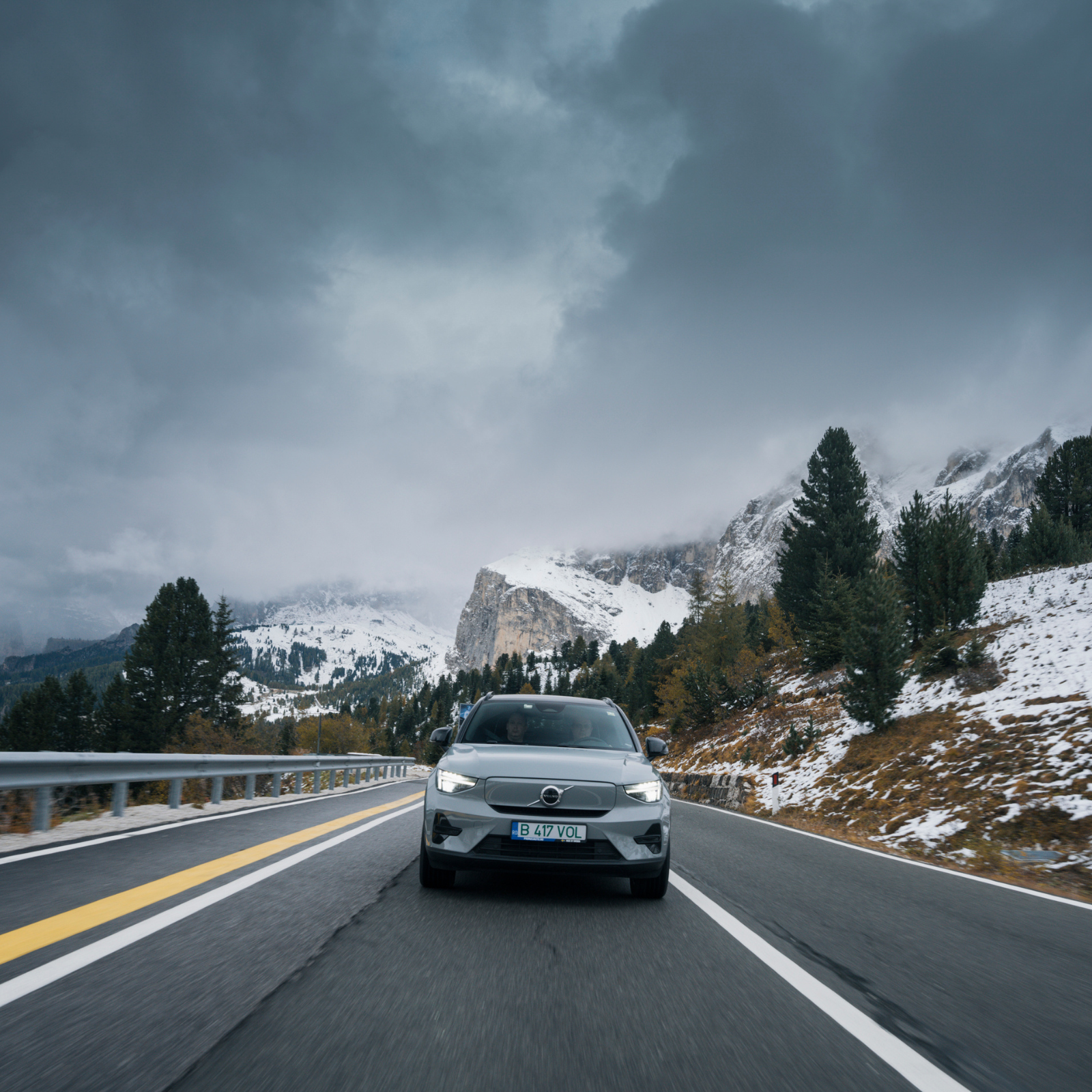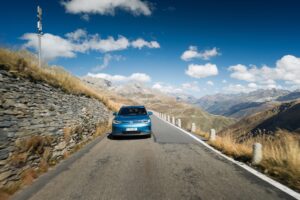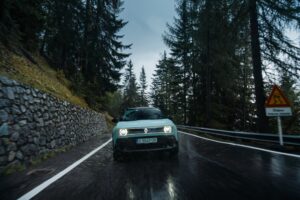Recently, Volvo decided to shed even more light on its electric range, which is why the XC40 Recharge and C40 Recharge have been given new names: EX40 and EC40, respectively. The move seems fitting when you consider the brand’s other two new electrics: the EX30 and EX90.
In EUROCHARGE by Schaeffler, an EX40 was the Safety Car (The Safest Safety Car, if you look at the other roadtrips where a Volvo was a helper of the organizing team). And even though it didn’t make it into the hands of journalists and guests, that didn’t stop us from keeping a diary and making a final report on how it fared in the almost 9,000 kilometers from Bucharest to Lisbon and back. About the real range, real fuel consumption, charging times and charging costs, in the rows below.
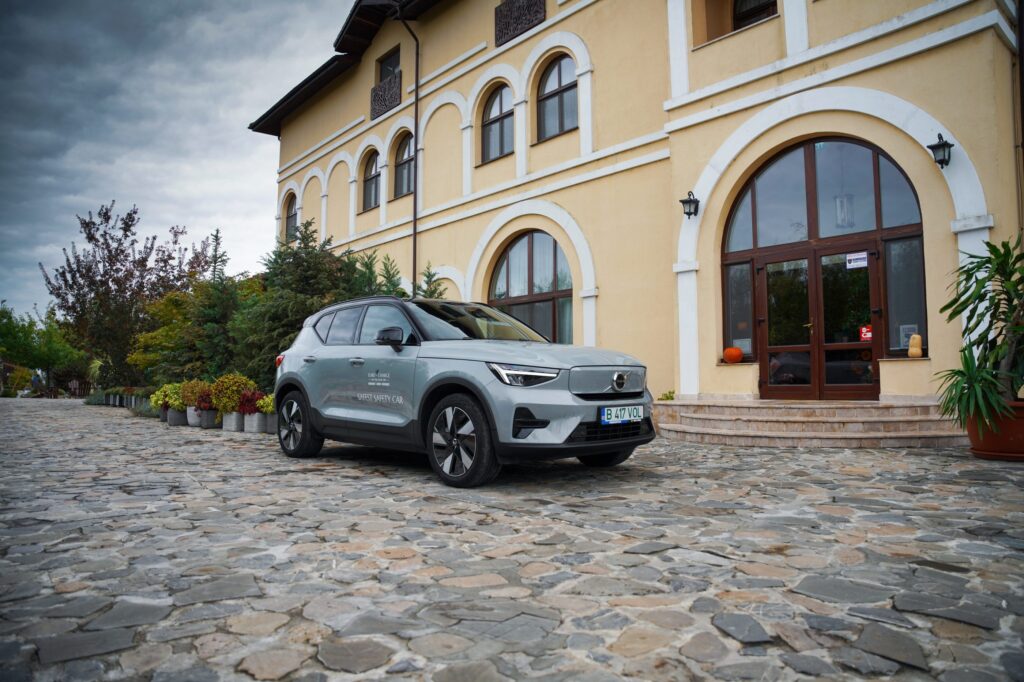
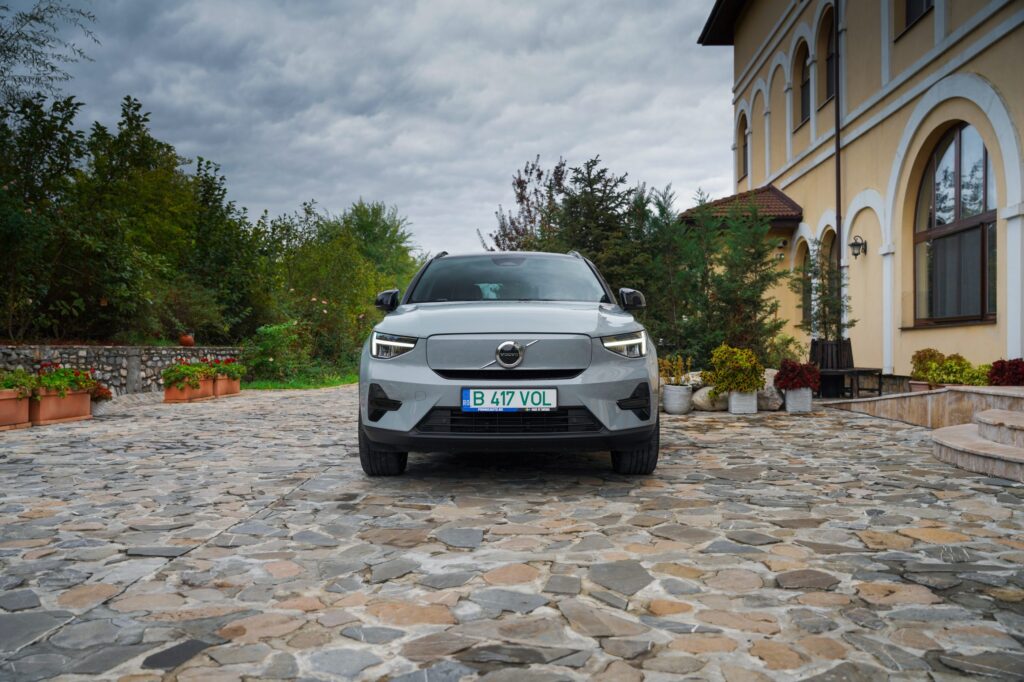

Volvo EX40: energy consumption, actual range, charging costs
The average cost per kWh is between €0.39 – €1 and the average cost per kilometer is between €0.09 – €0.19. The costs are quoted as a range as they vary depending on the application used/subscription of each user.


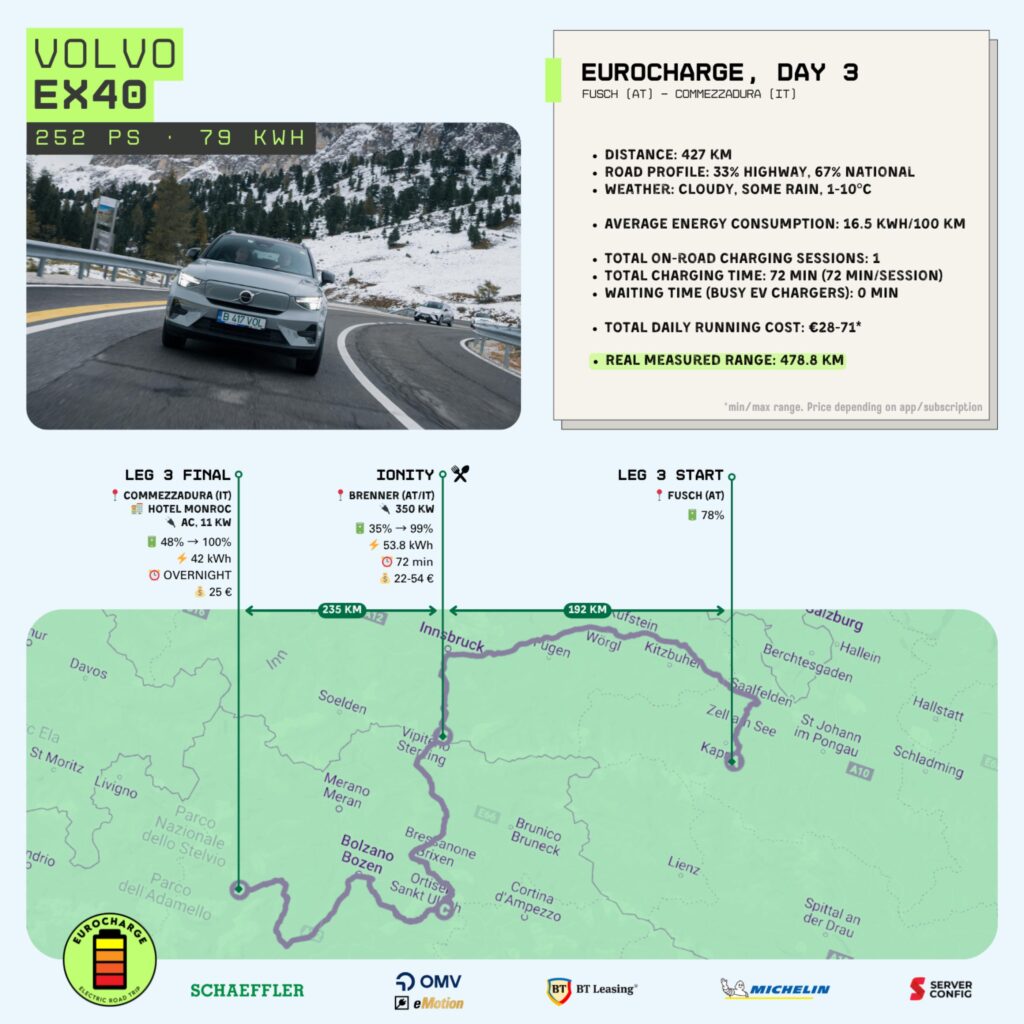
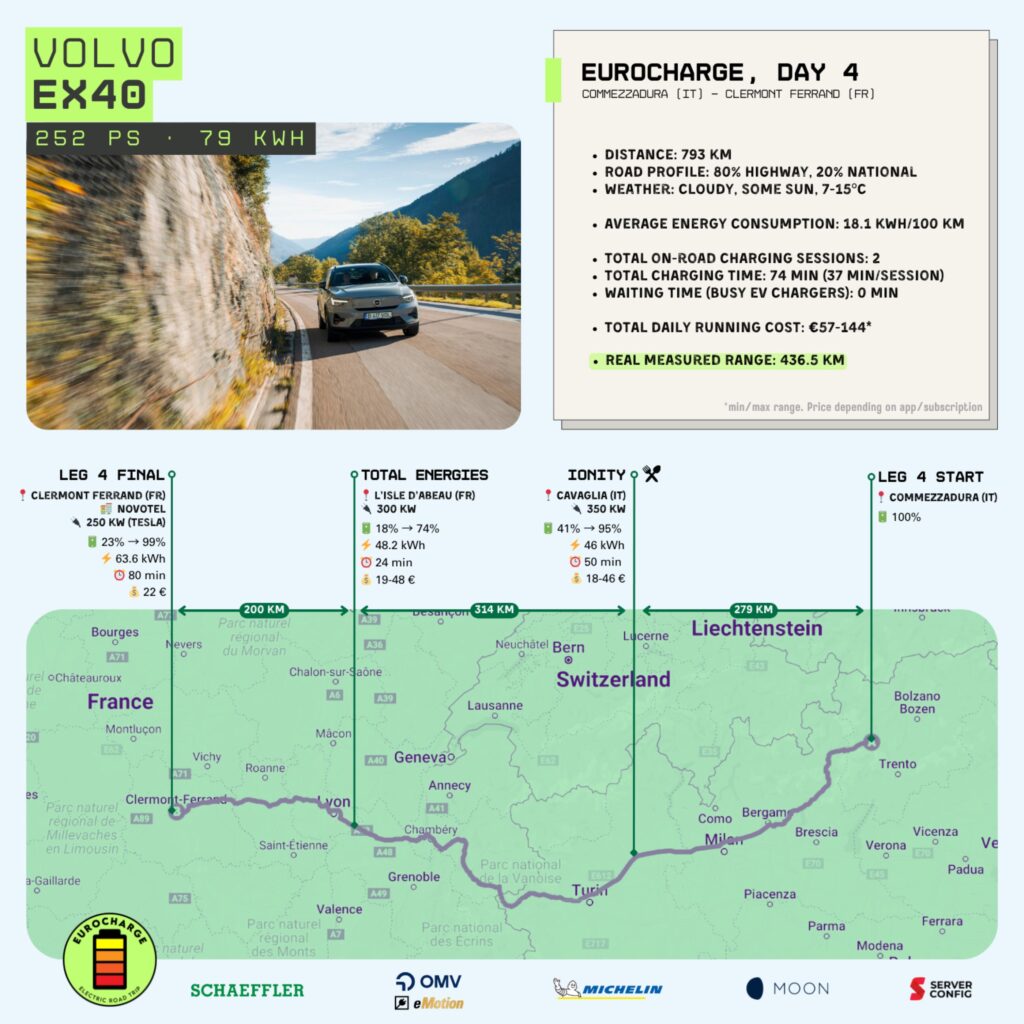
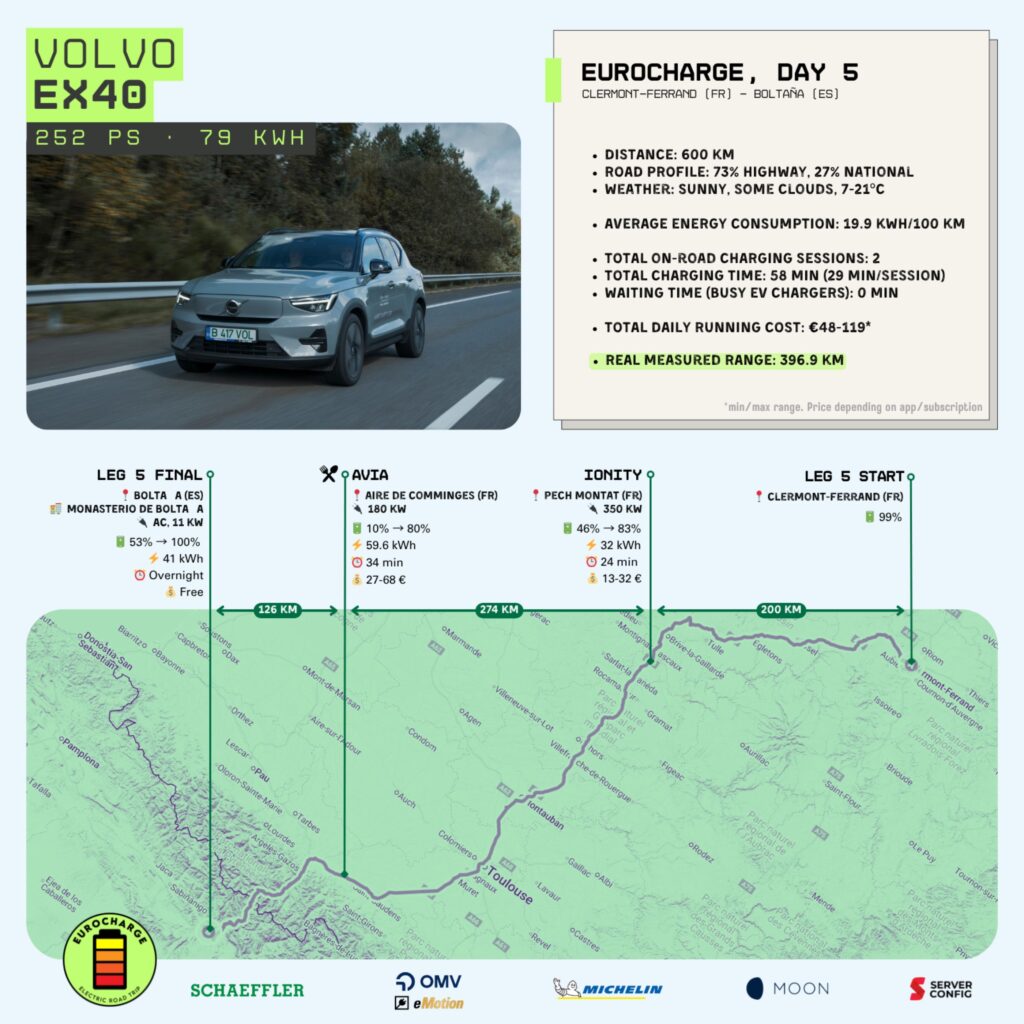
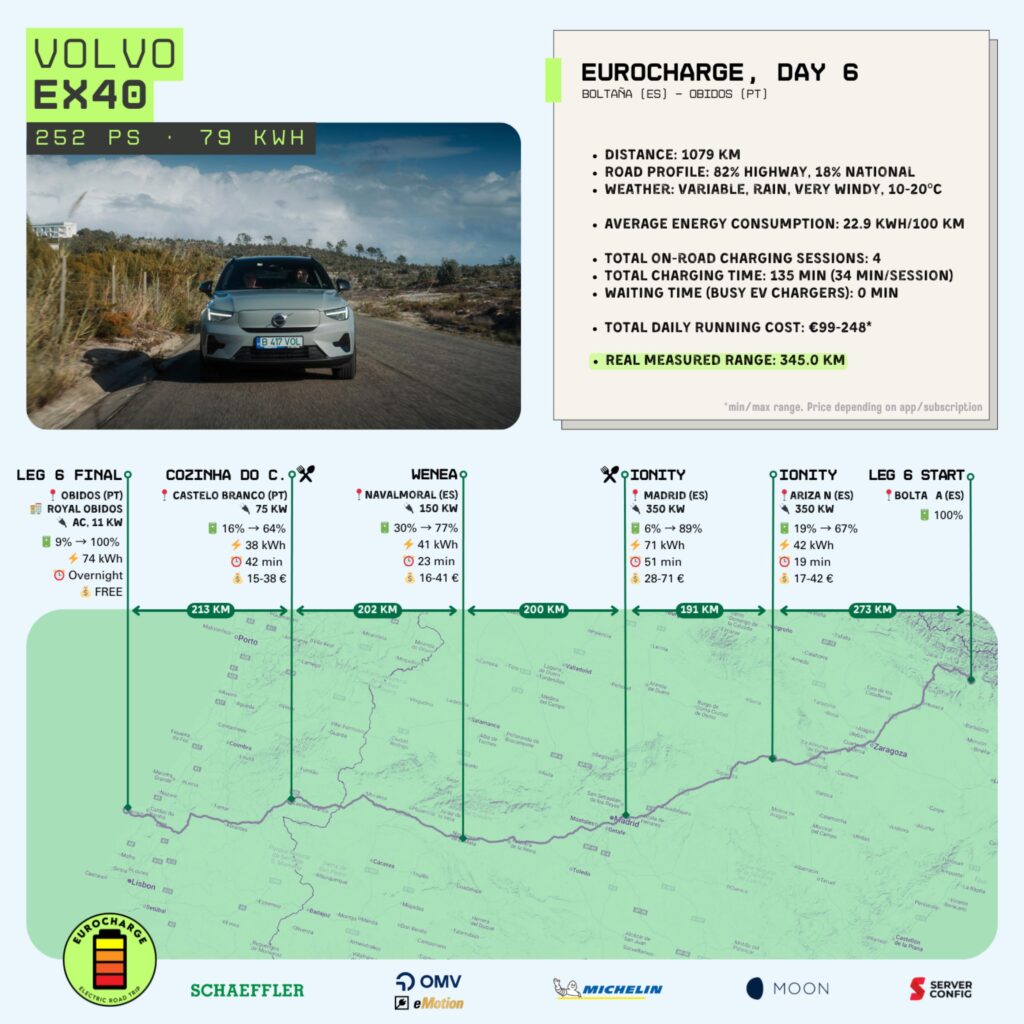

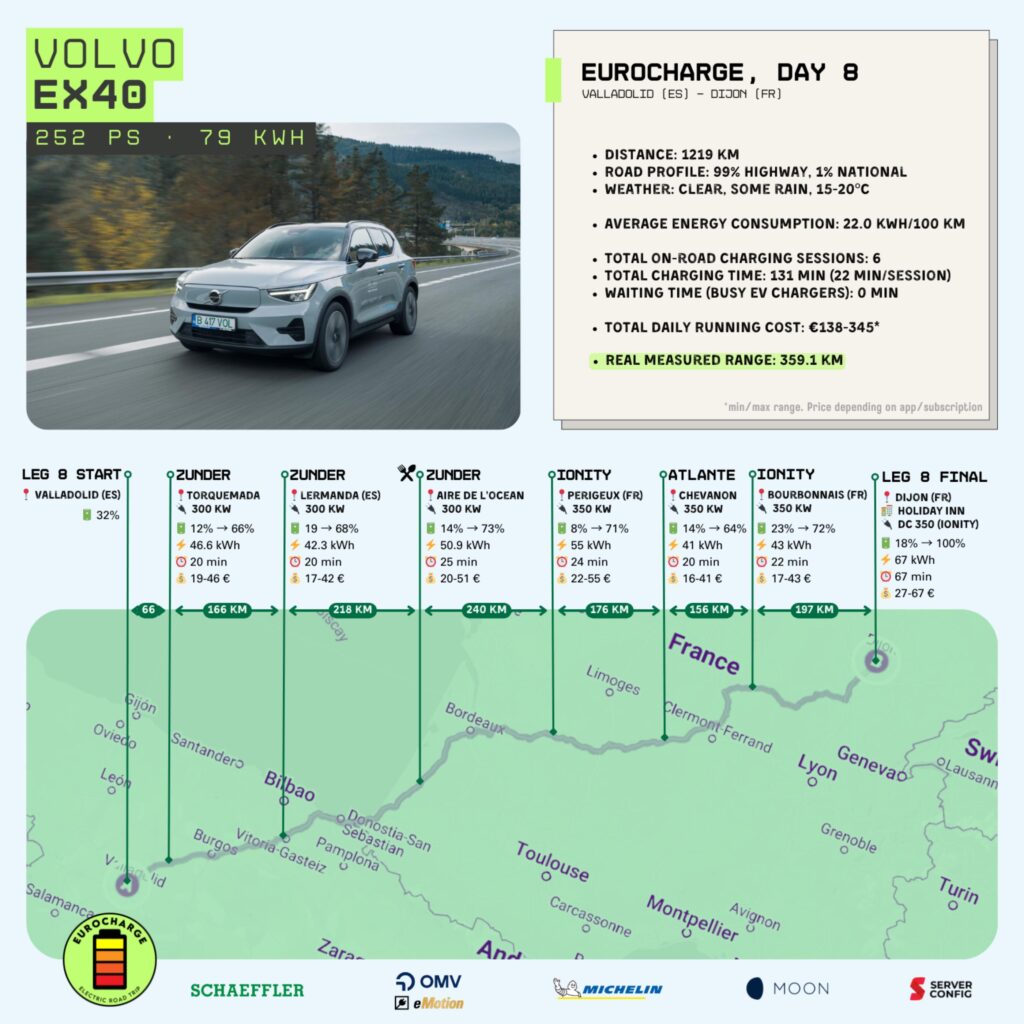
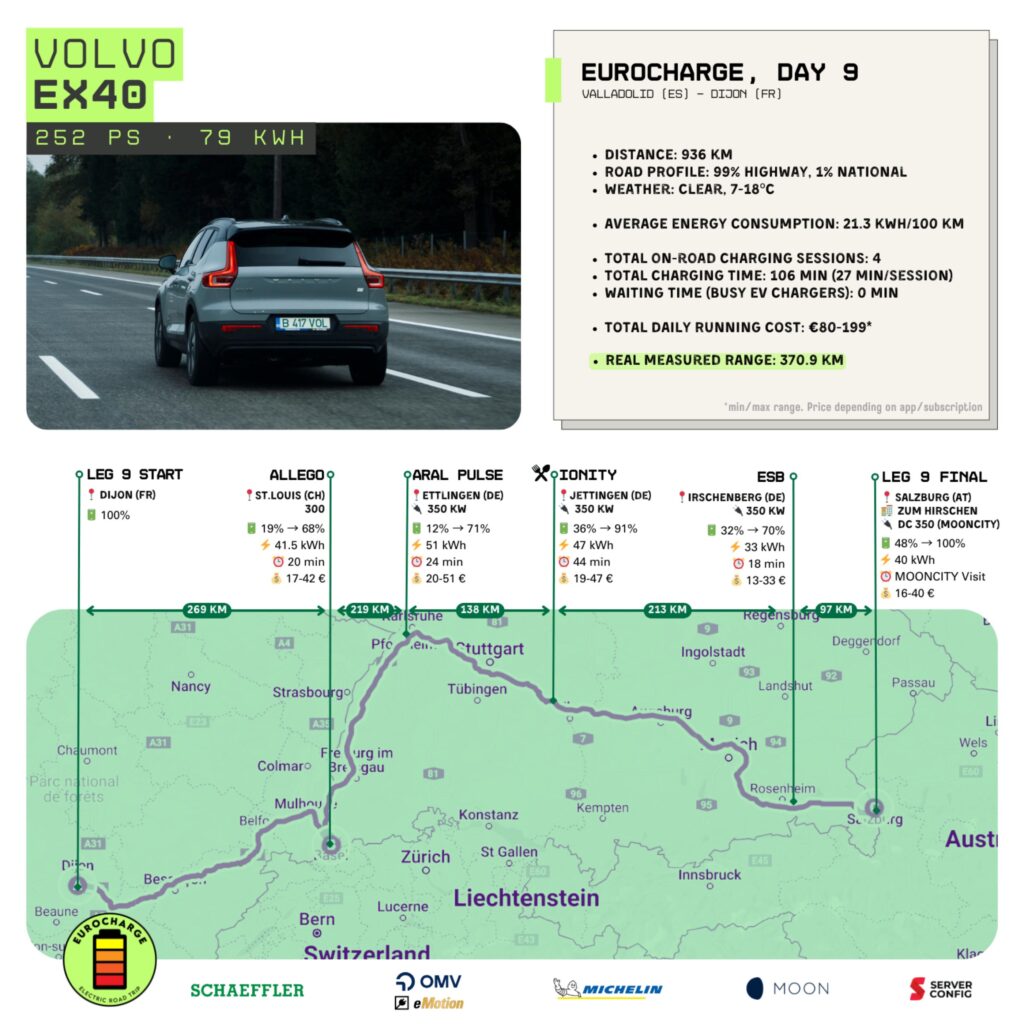
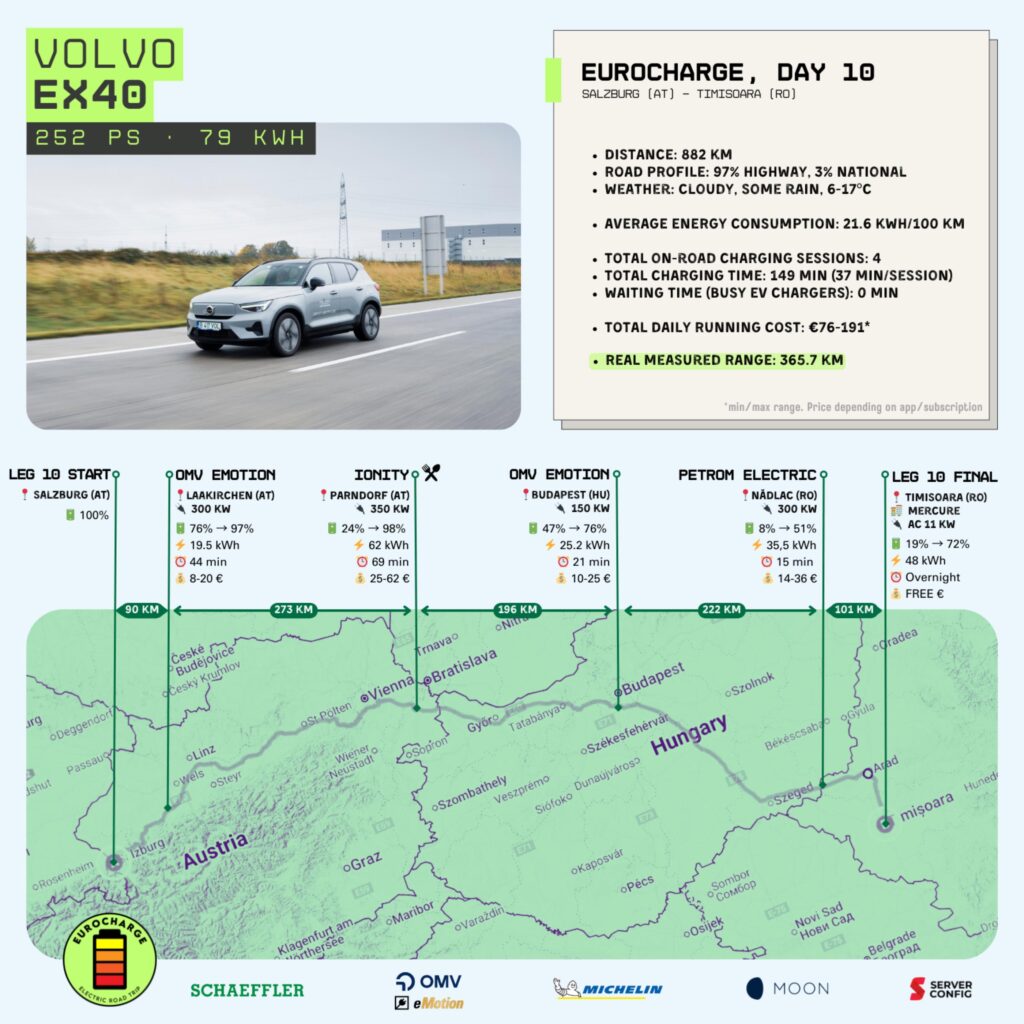
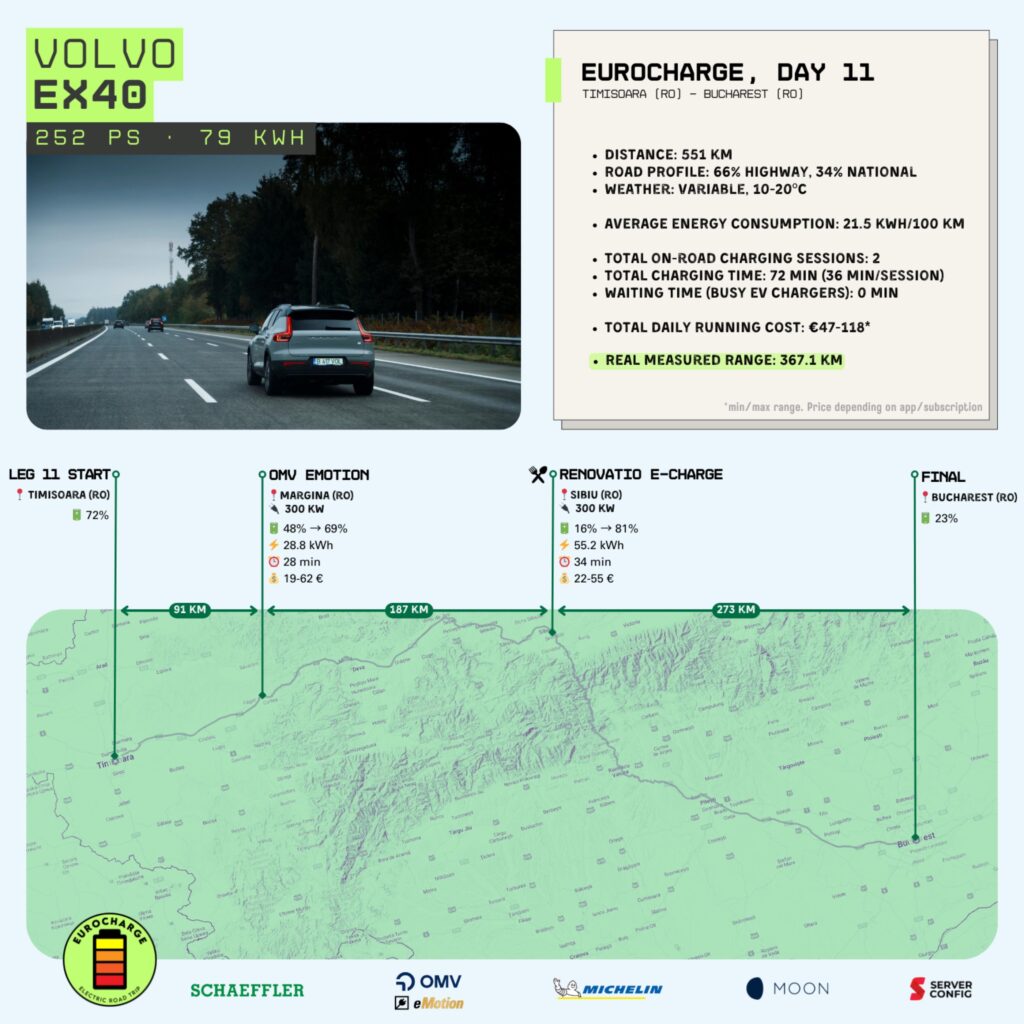
Charts with every day’s running data for Volvo EX40 in EUROCHARGE by Schaeffler.
Driving impressions at the end of 16 days of EUROCHARGE
Volvo EX40 was the Safety Car, and only people from the organization were behind the wheel of the Swedish SUV. Berti Panaiot (AUTOCRITICA, urbanadventures.ro) was in charge of the end-of-day report, and below is a kind of logbook.
Segment 1: Bucharest – Brasov
I haven’t even blinked twice, summer’s already over. I thought it was May and we were driving the Volvo EX30 through Greece. I’d driven around town in an electric car before, but this was the first road trip in my life where I didn’t pass a gas station at all.
Now it’s time for another epic adventure. It’s about 9,000 kilometers from Bucharest to Lisbon and back. And, of course, still in an electric car. And still with Volvo, only this time with its big brother, the Volvo EX40 in its longest range version.
If you don’t know what the Volvo EX40 is all about, know that the original model name was the Volvo XC40 Recharge Pure Electric. A name as long as a member of the Swedish royal family.
But as the Swedes are famous for loving things simple and efficient, with the expansion of the electric model family, the XC40 became the EX40 and that was that. And I can already tell you one thing I liked right off the bat, compared to the model I drove to Greece: the bigger trunk compared to the EX30.
I don’t have to tell you what it’s like to leave home for 16 days, but keep in mind that I packed some summer clothes, some more fall-winter clothes, plus a bunch of other things needed on such a road trip. But in short, all the luggage fit in the trunk.
As this is not my first experience with an electric car, I didn’t bother to charge it before leaving, so I left Bucharest with the battery at 80%. Of course, the fact that I only drove as far as Brasov made a difference, but you know that as you make a few trips with such a car, all the fears you think you have disappear one by one.
And that’s exactly what I’ll be telling you about during these 16 days of EUROCHARGE with the Volvo EX40.
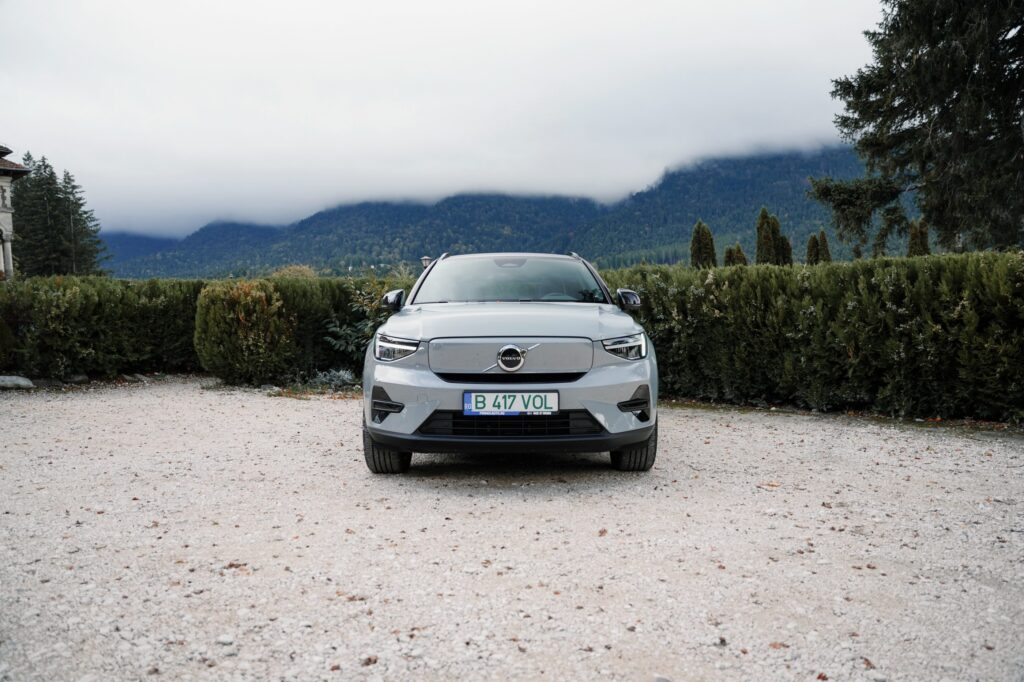
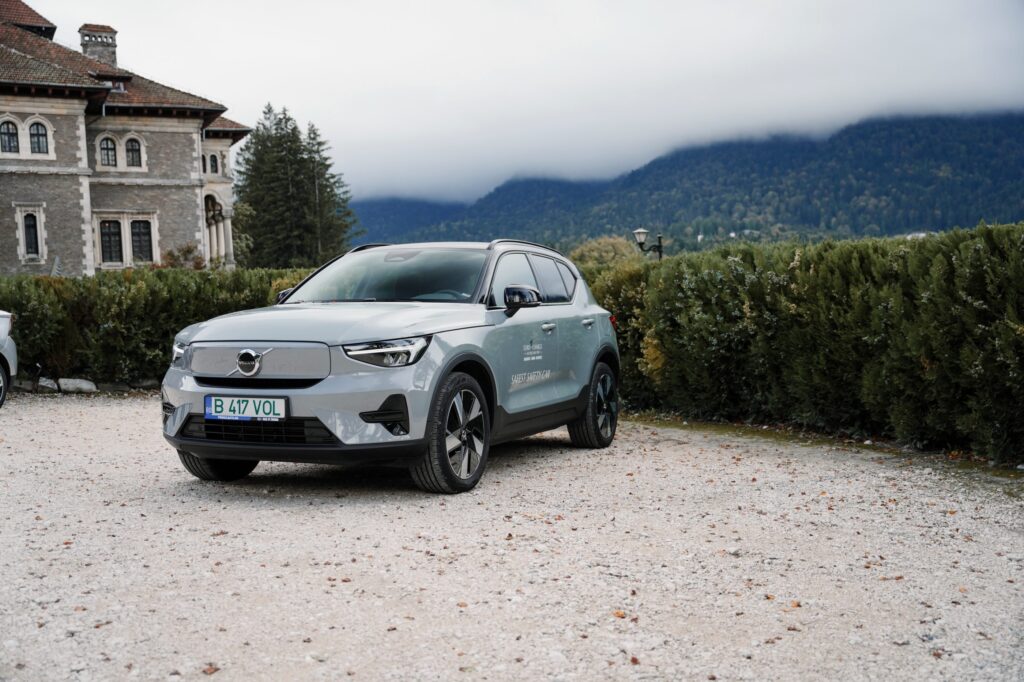
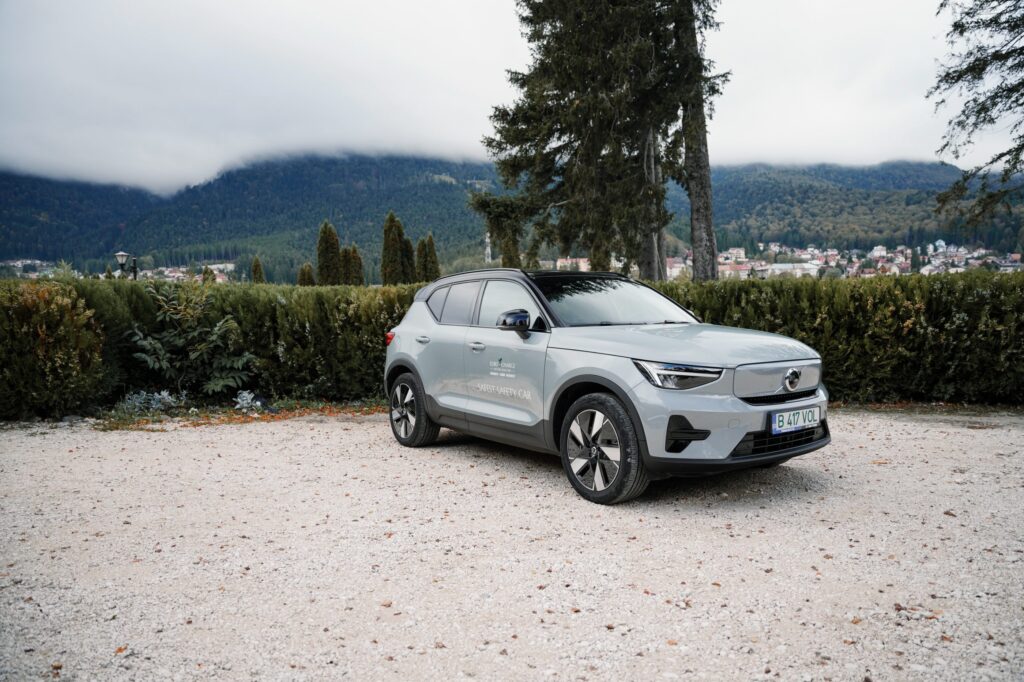
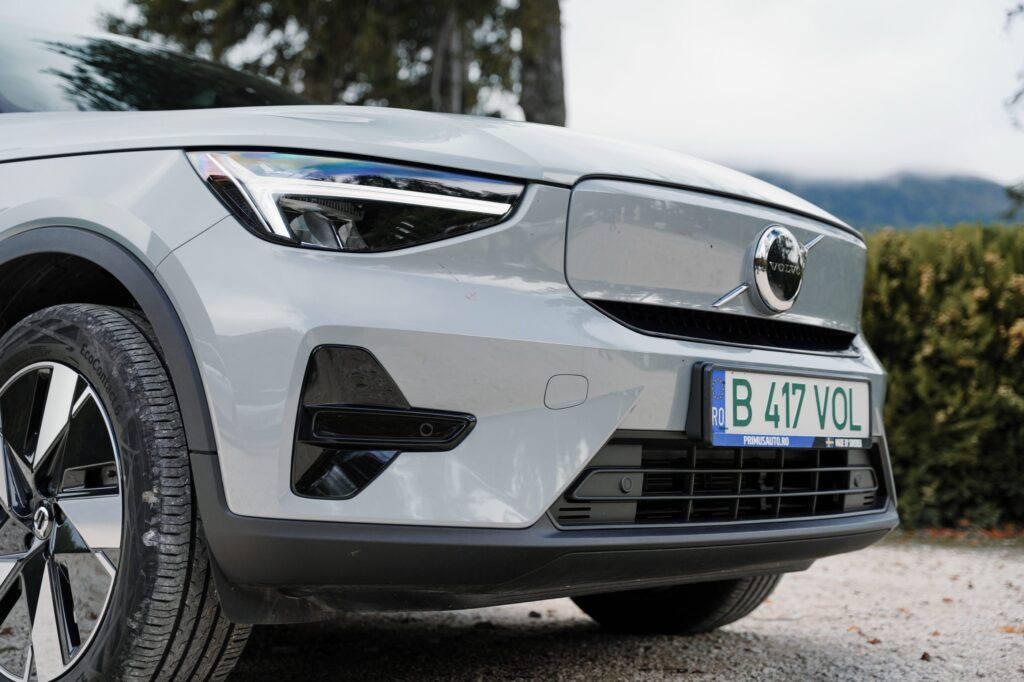
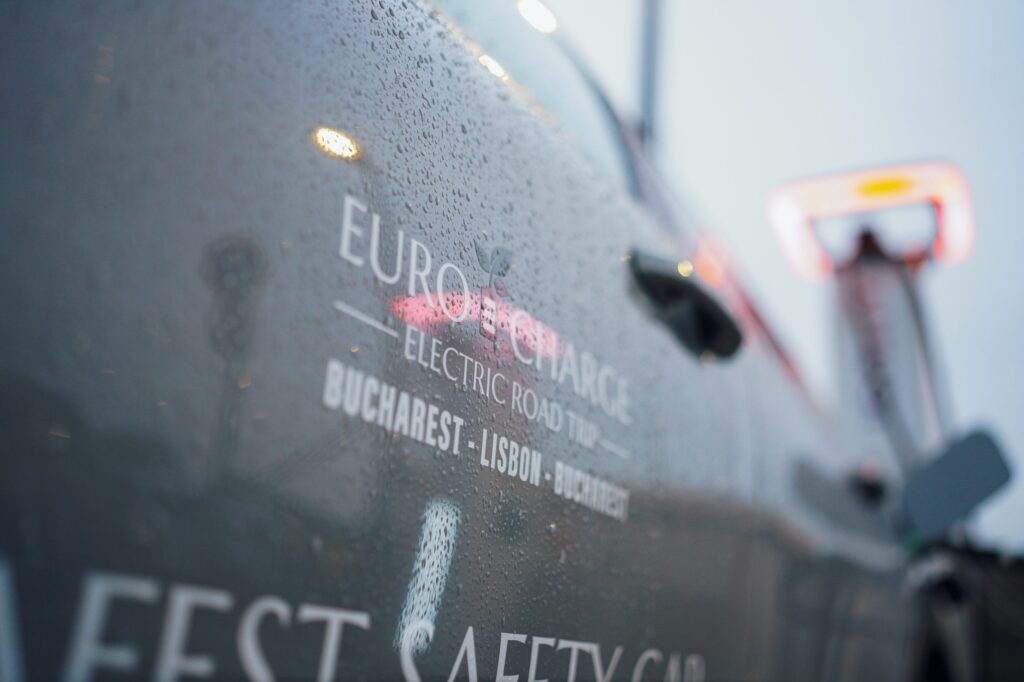
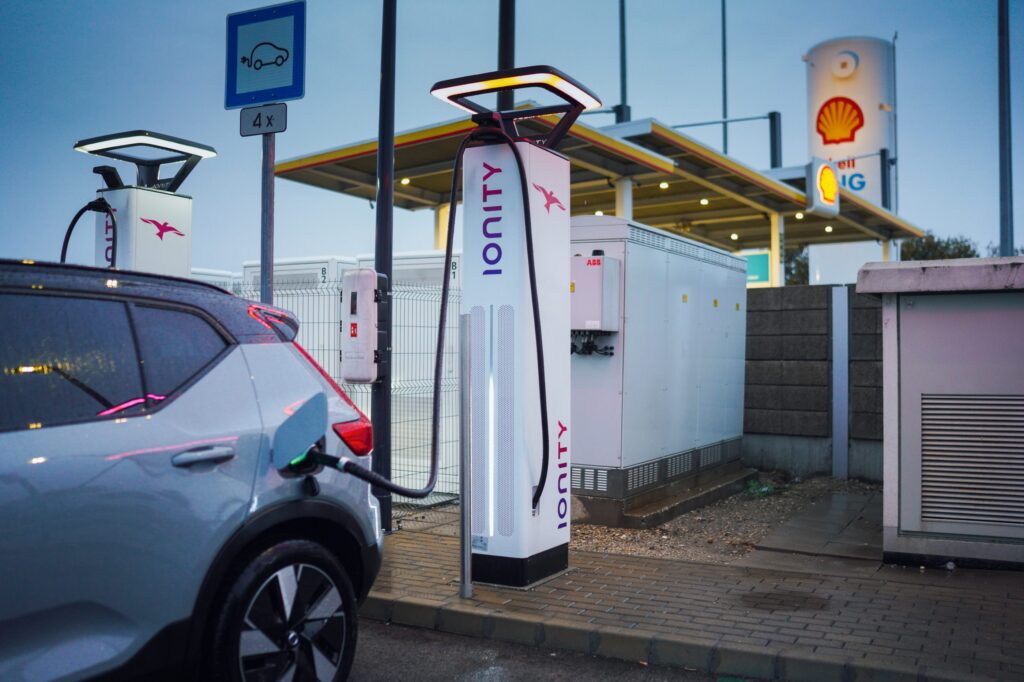
Segment 2: Brasov – Kesztely (HU) – Fusch (AT)
After the first contact, where I was pleased that all our luggage for the 16-day tour fit in the trunk, now, after 2,000 kilometers, I’ve discovered many more things I like about the Volvo EX40.
Let’s start with the design: I like simple things with a focus on functionality, and in this respect the Volvo EX40 ticks all the boxes I need right now. I got into the Volvo EX40 and felt right at home. All the buttons and knobs were where they should be, the infotainment system super intuitive, I quickly plugged in my phone and hit the road.
The Swedes must have some kind of seventh sense whereby they manage to simplify things a lot, but without making them trivial. Because you can say anything you like about the Volvo EX40, but it’s not banal. Not on the outside and not on the inside.
I really like the on-board instrumentation, and I find the vertically-positioned center screen much better integrated than in the EX30, for example. The EX40 comes with the Android Automotive OS, meaning you have all the Google apps already installed, but Apple Car Play works seamlessly if you’re more into iOS. And the fact that it already has Spotify installed and quickly connected me with my account, is as the English would say “music for my ears”.
For the loading part, fuel consumption, costs or anything else you can think of you’ll have to wait a bit longer. Because I’ll be driving the Volvo EX40 for all 16 days, so we have time to get better and better friends. And you can kind of tell how it’s been from each day’s “technical” sheet anyway.
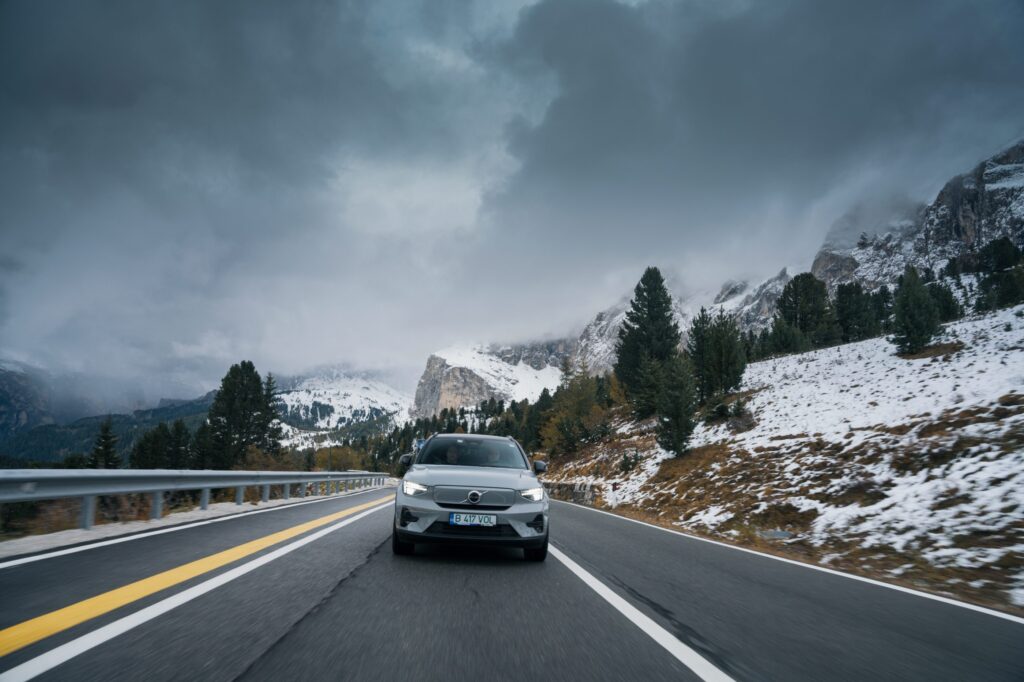
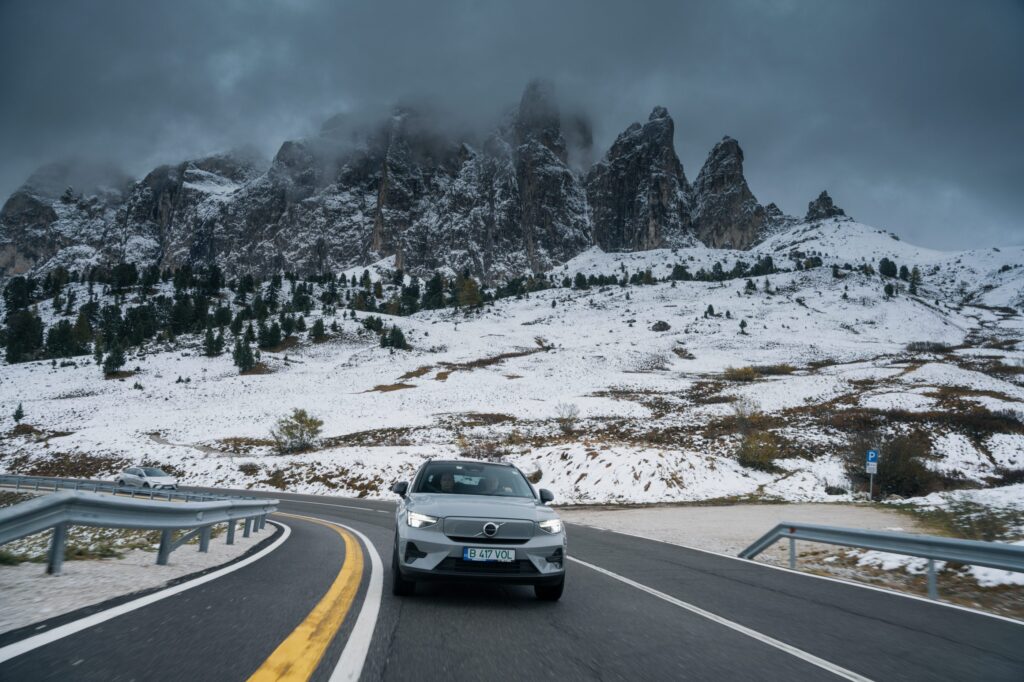
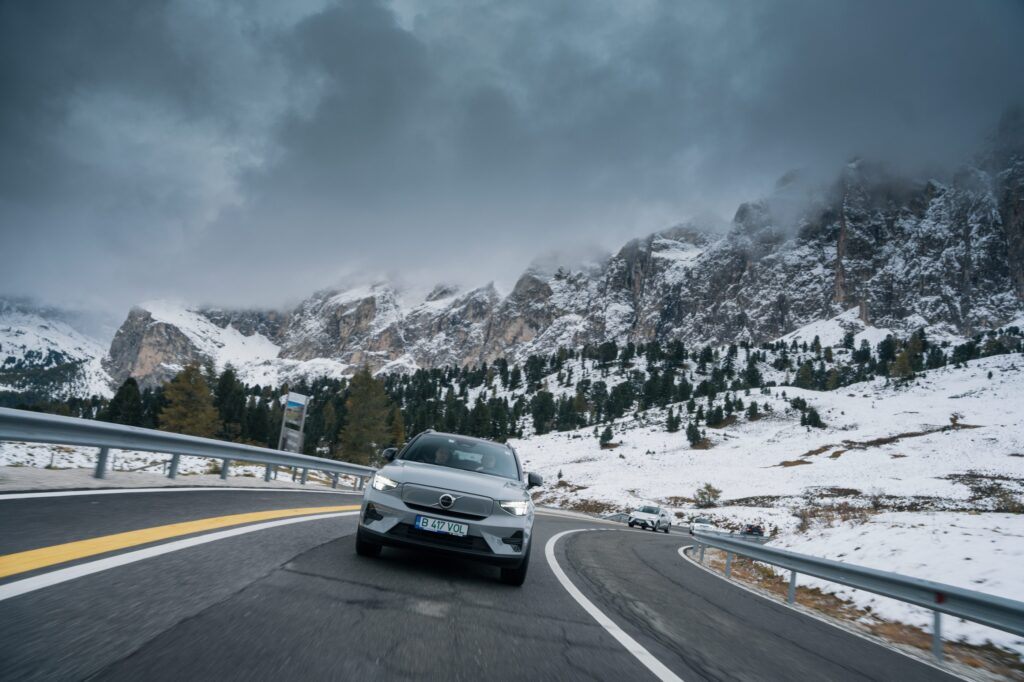
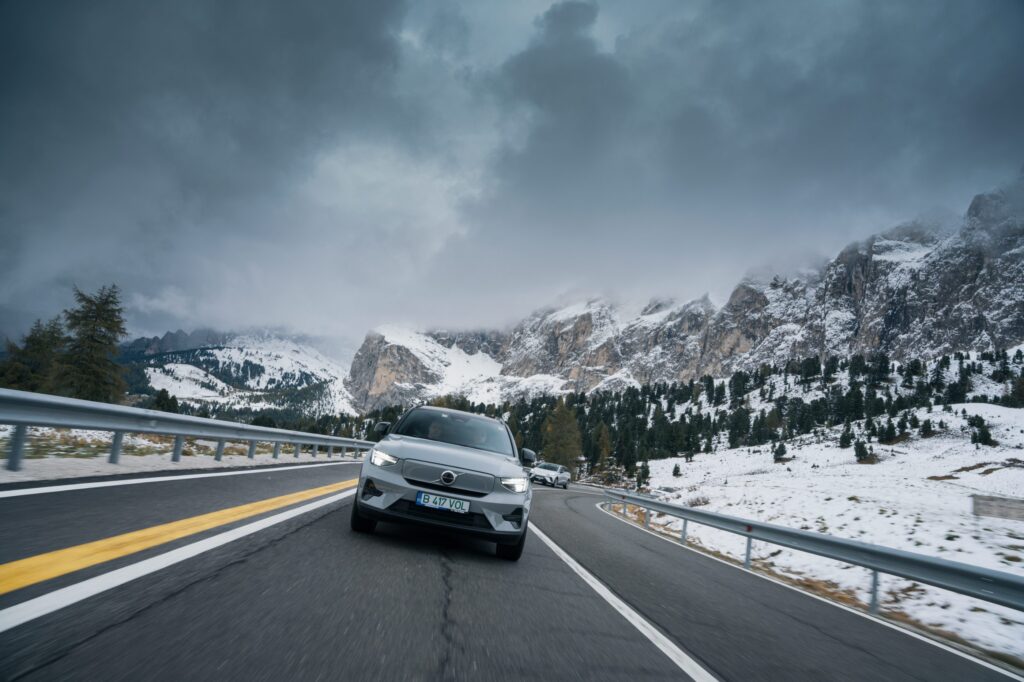

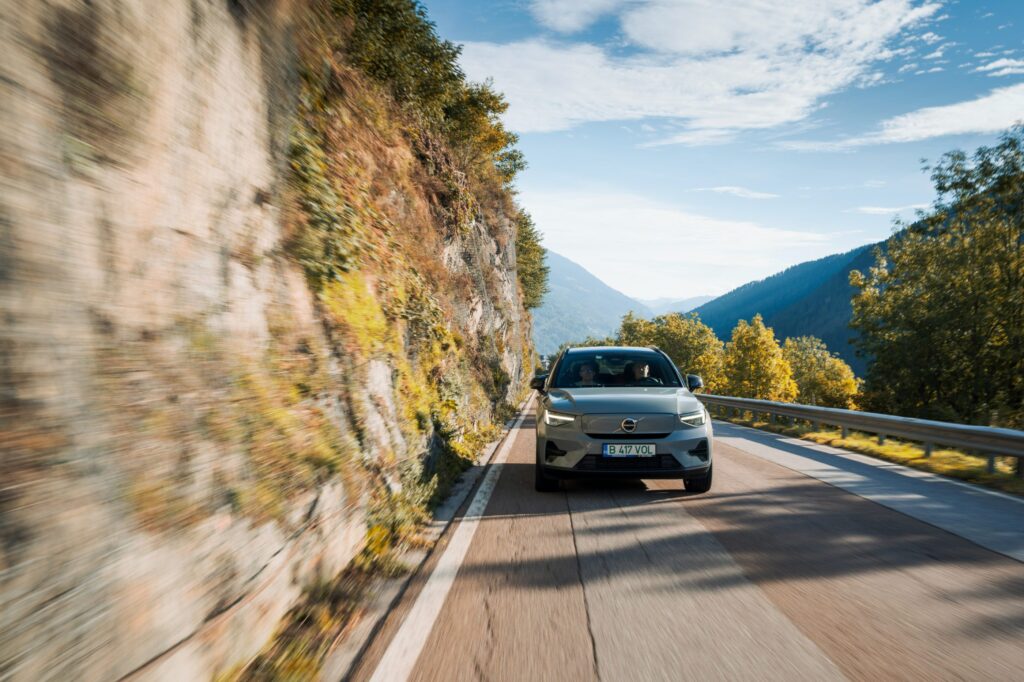
Segment 3: Fusch (AT) – Commezzadura (IT) – Clermont-Ferrand (FR) – Boltana (ES)
We’ve already covered over 3,000 kilometers with the Volvo EX40 Single Motor Extended Range in Plus trim. That’s 252 hp and 420 Nm of torque. That means 0-60 in 7.3 seconds. It’s not the sportiest SUV, that’s for sure, but considering it’s 2.1 tons, you wouldn’t expect that. On the other hand, it’s very comfortable, and I think that’s all the more important after a 500 to 1,000-mile drive.
You know that saying “Scandinavian living”? Well, you can feel it perfectly at the wheel of this model. Everything is simple, functional, there’s nothing tiresome around you.
Of course, fuel consumption and charging speed are also very important, but more about that when we get to Portugal.
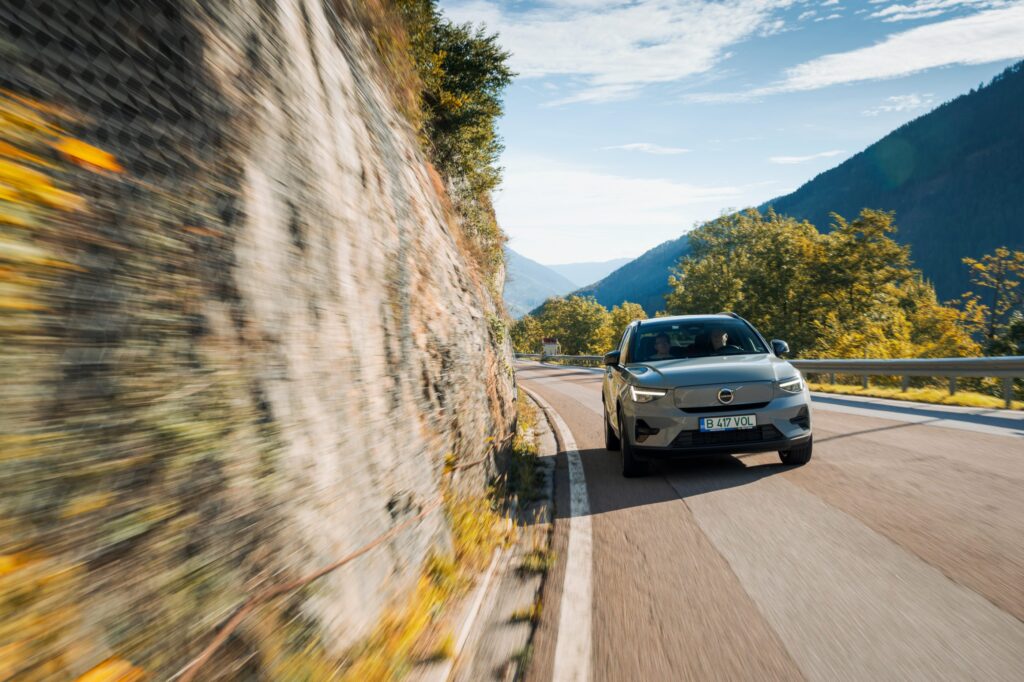
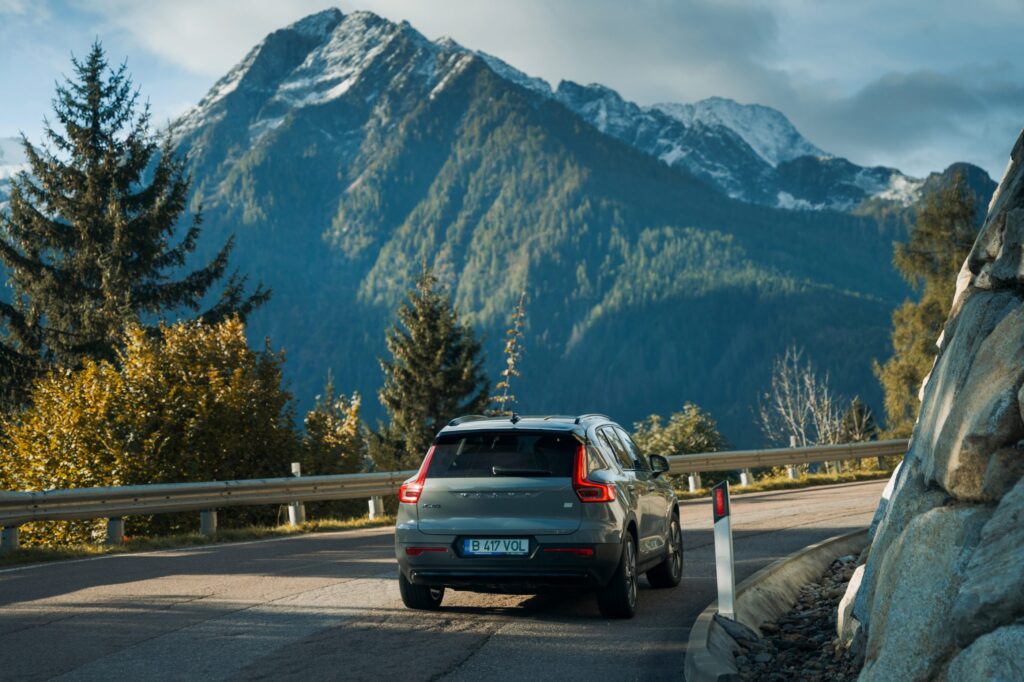
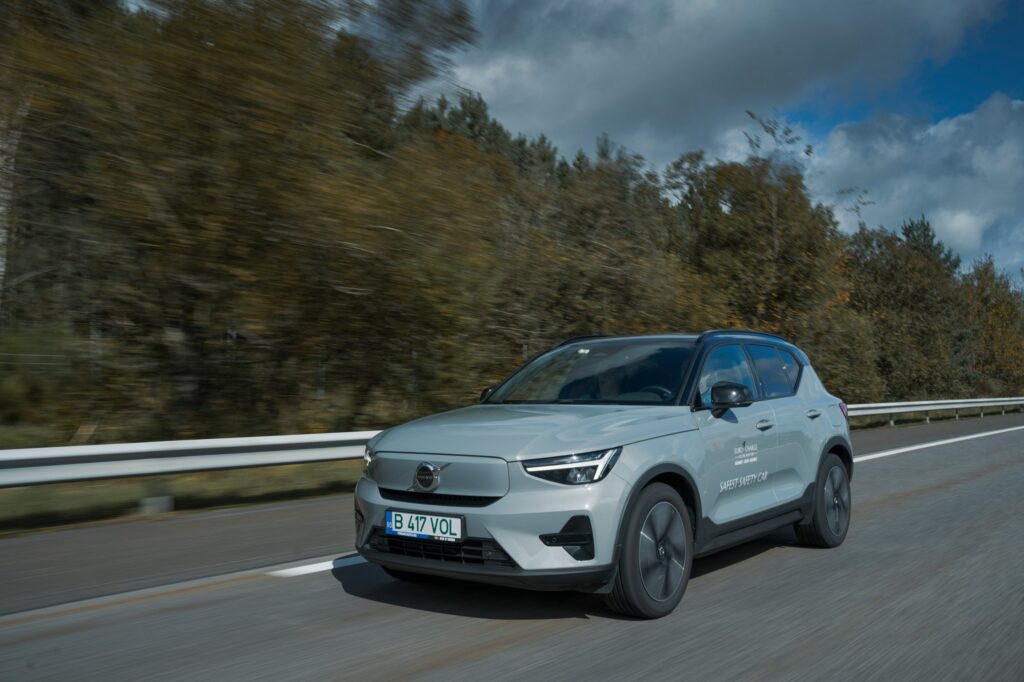
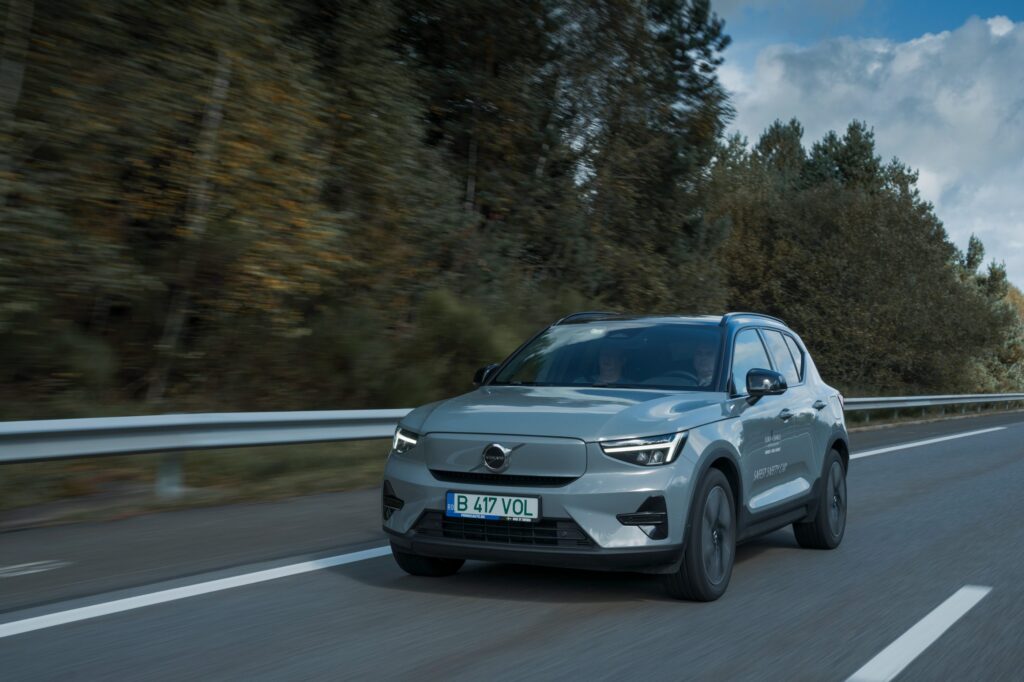
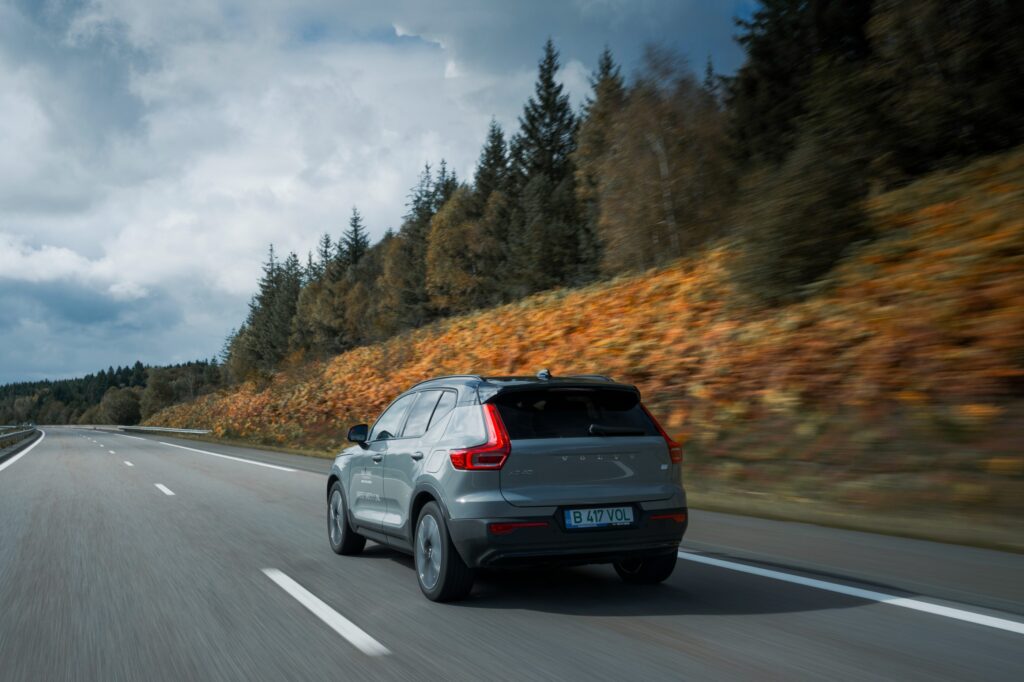
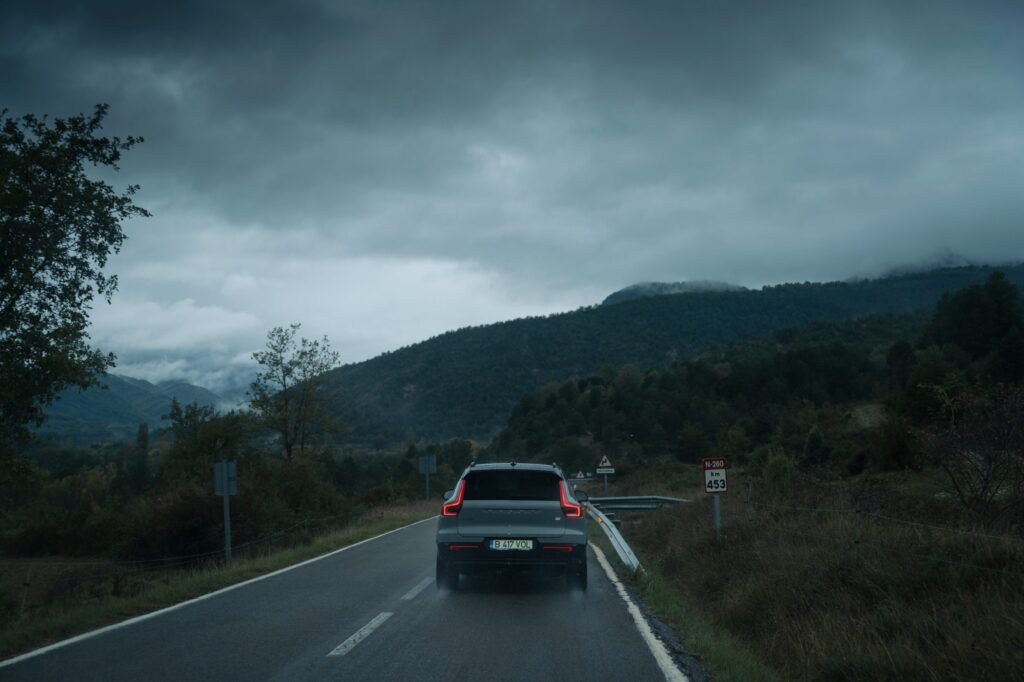
Segment 4: Boltana (ES) – Obidos (PT)
4439. No, it’s not the pin on my credit card, it’s the number of kilometers I traveled from Bucharest to Portugal, in Peniche, somewhere on the Atlantic coast, in the Volvo EX40.
It’s been an “electric” couple of days so it’s time to take stock. We are halfway, we have crossed Romania, Hungary, Austria, Italy, France, Spain and Portugal, and of course there is still the way back.
But I think that there are already enough kilometers and experiences for a first assessment in Eurocharge by Schaeffler.
So, let’s start with the range, because this is the topic that I’m sure everyone is interested in. In ideal conditions, the car could travel between 520 and 576 kilometers (WLTP), but then again, in ideal conditions I’d still have my little house by the sea on an island in Greece.
The car’s range is influenced by the type of road, ambient temperature and, we have now found out, wind. One day, for example, I had a range of 479 kilometers on the roads between Austria and Italy. It was a 430-kilometer drive, only one third of which was on the highway, in partly rainy weather with temperatures of up to 10 degrees Celsius. That is much closer to the official figures than I am to the little box in Greece.
But we also had a day with a range of 345 kilometers, when the wind messed us up a bit and was gusting almost as fast as our highway speed limit.
Now let’s move on to our time at the charging stations. But first let me tell you what I’ve learned now. The recommendation is never to charge above 80% on a long road trip because you’re unnecessarily prolonging your time at the station, and in these conditions I spent between 15 and 30 minutes, depending on how much energy I ended up with in the battery. The car pulls up to 205 kW, so I only chose fast stations above 150 kW. That’s just enough for a refreshing pit stop on the highway.
I loved it the most that all the stations were in gas stations and I could sit and have a coffee and, the coolest thing, I never had to wait for another car to charge either when I arrived in a place with only two stations, for example, or when I arrived in hubs with more than 10 stations. Just in case you were worried that there was no viable infrastructure for electric cars on Europe’s roads.
All in all, the 4439 km in the Volvo EX40 were as zen as a dinner in the Nordic countryside enjoying a glogg by the warmth of a campfire.
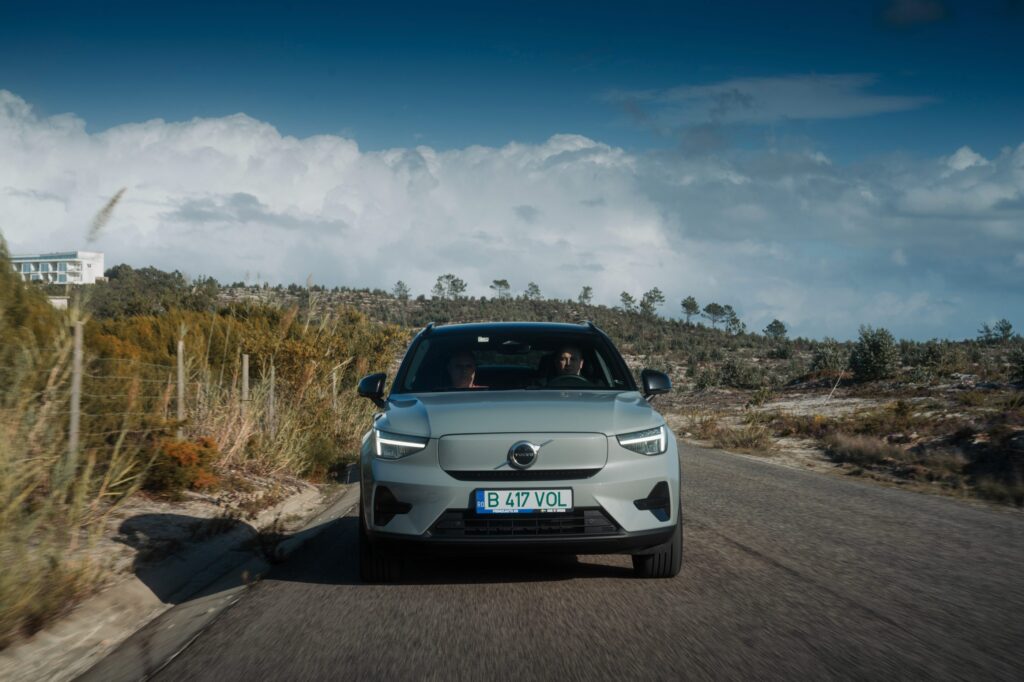
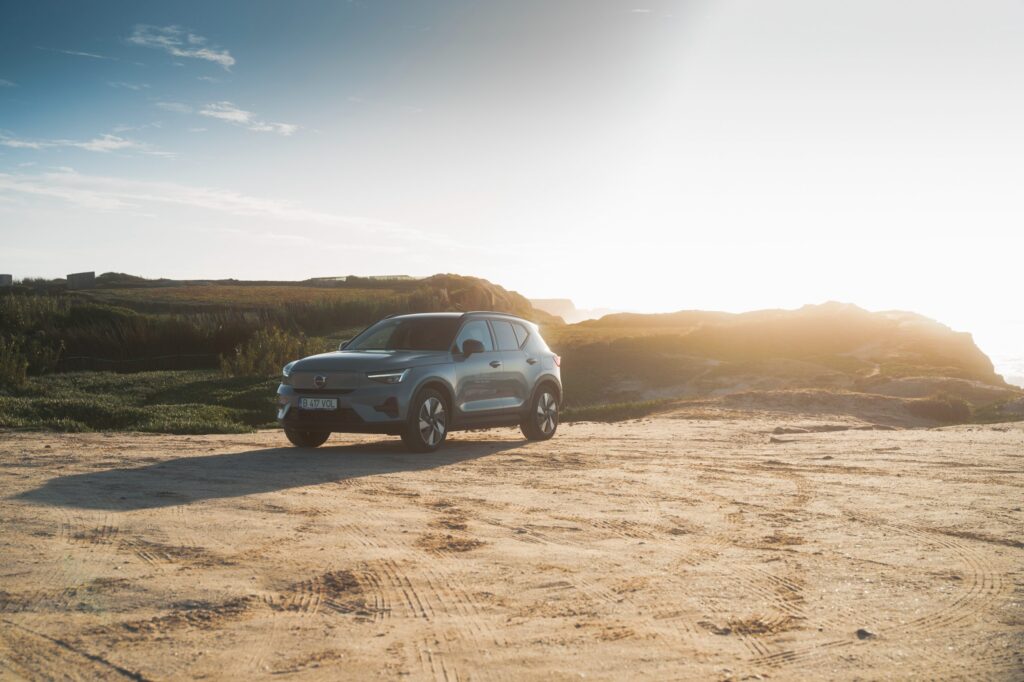
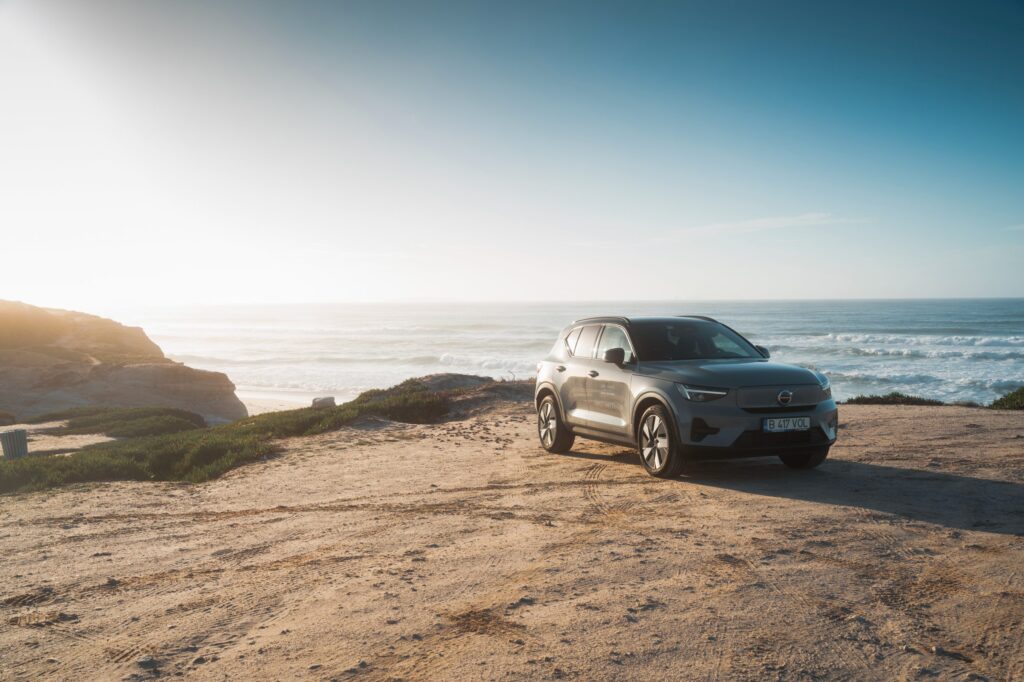
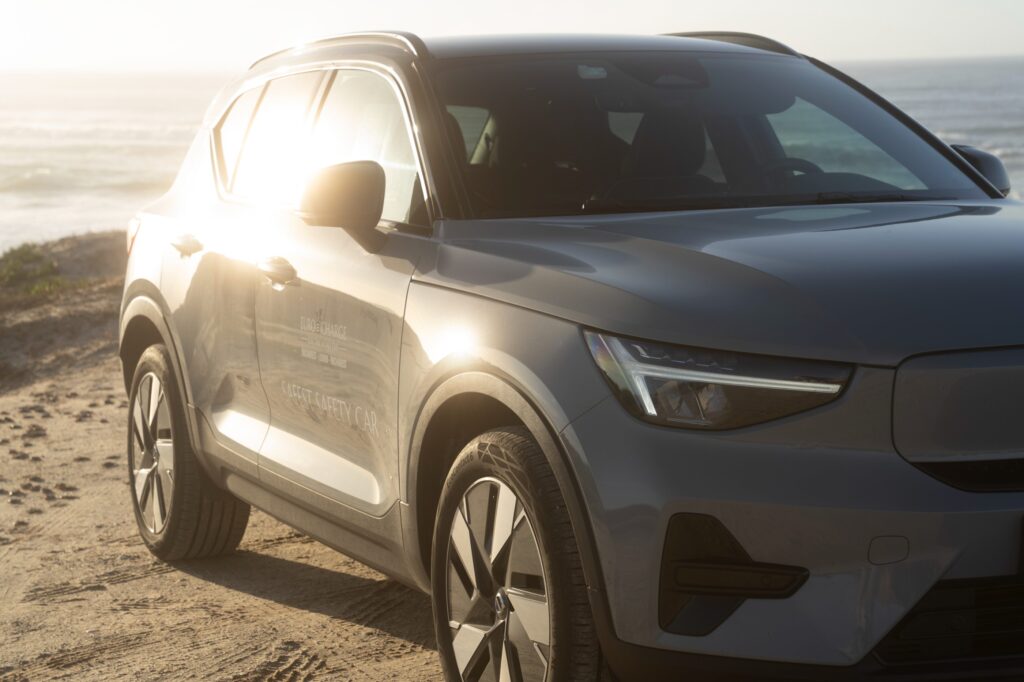
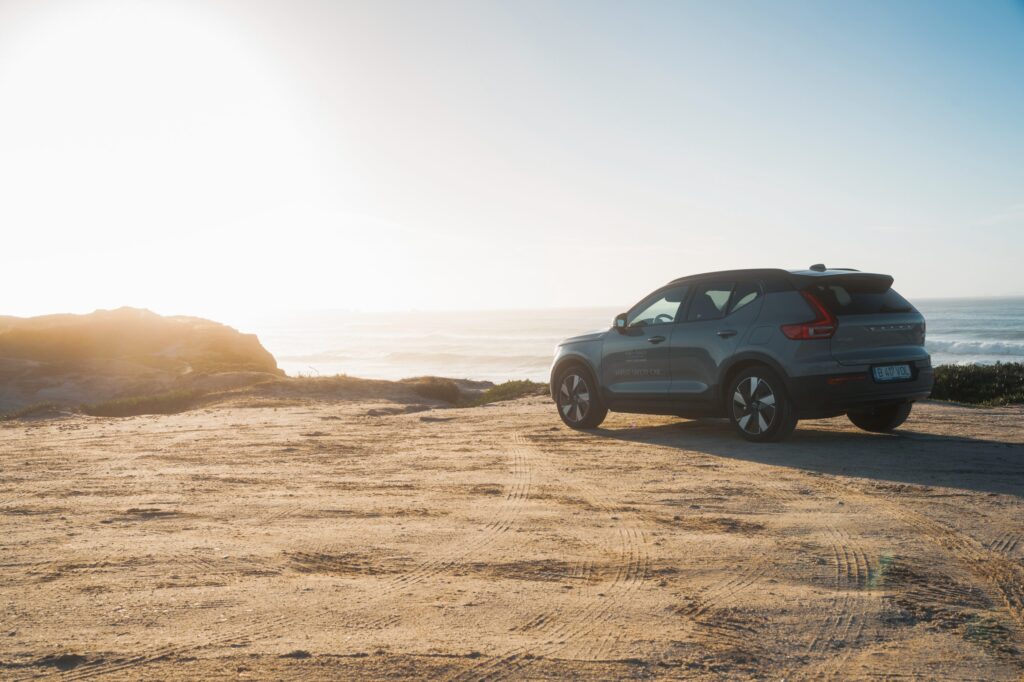

Segment 5: Obidos (PT) – Valladolid (ES) – Dijon (FR) – Salzburg (AT)
We’re on our way back and there aren’t many kilometers left to cover with the Volvo EX40, but these days have been the ultimate test. And that’s because we’ve been driving almost exclusively on the highway.
It was over 1200 kilometers in one day, from Valladolid (Spain) to Dijon (in France). In fact, there were several days where we were constantly driving 800 – 900 kilometers and most of them were on the highway.
It’s not the first time I’ve done 1200 kilometers in one piece, but it’s the first time I’ve done it with an electric. And normally, on a distance like that, I’d definitely stop five or six times. How many times do you think I’ve stopped in a Volvo EX40? Well, 6 times exactly, and each stop was about 20 to 22 minutes.
We left the hotel with 30% battery because we were too lazy to stay to charge the car and the hotel had no charging stations. And yes, we chose a hotel that had no charging stations on an electric car tour. And I think that already says a lot.
The stops were every 200 kilometers or so and lasted about 20 minutes each. At one of the stops we even ate on the run because we were determined not to stay too long to load.
In this respect, the Volvo EX40 does what it promises. It charges quickly, especially if you arrive at the charging station with less than 20% in the battery (I’ve seen 207 kW at an Ionity station), and it consumes little (21-22 kWh per 100 km in highway driving at the legal speed).
And it worked. We arrived without stress, without having to chase other cars at the charging stations, and without feeling like it’s very complicated to have an electric. On the contrary.
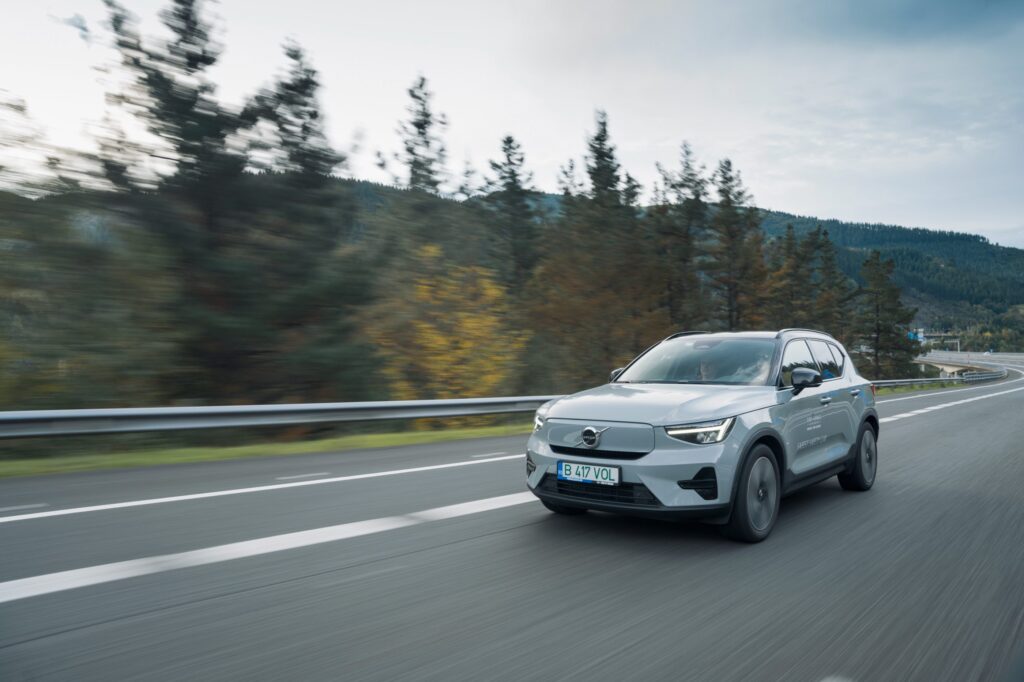


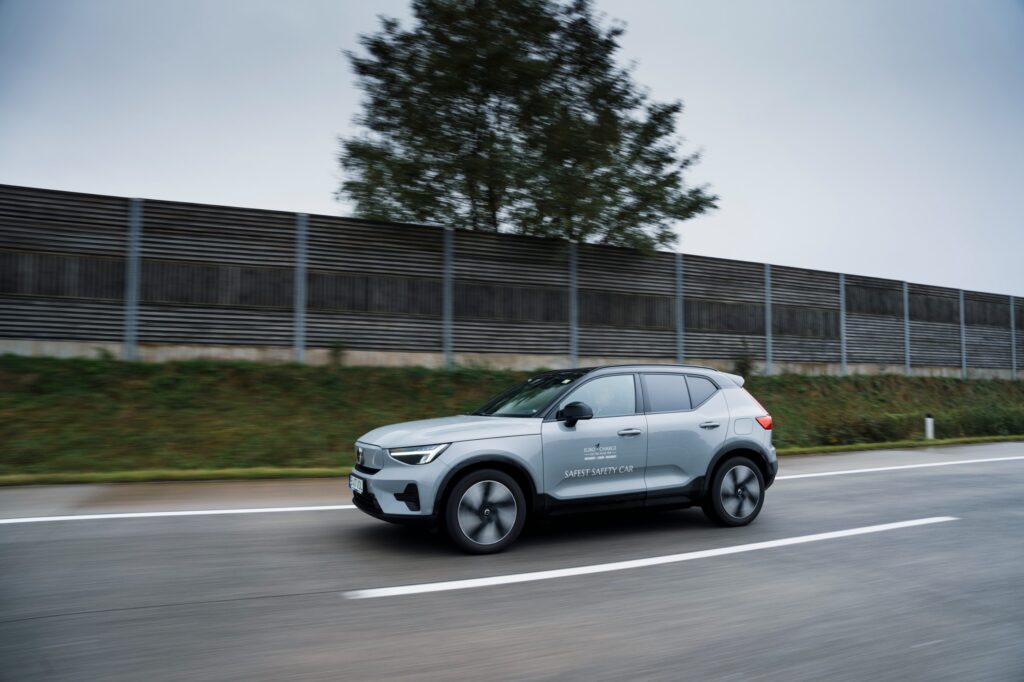
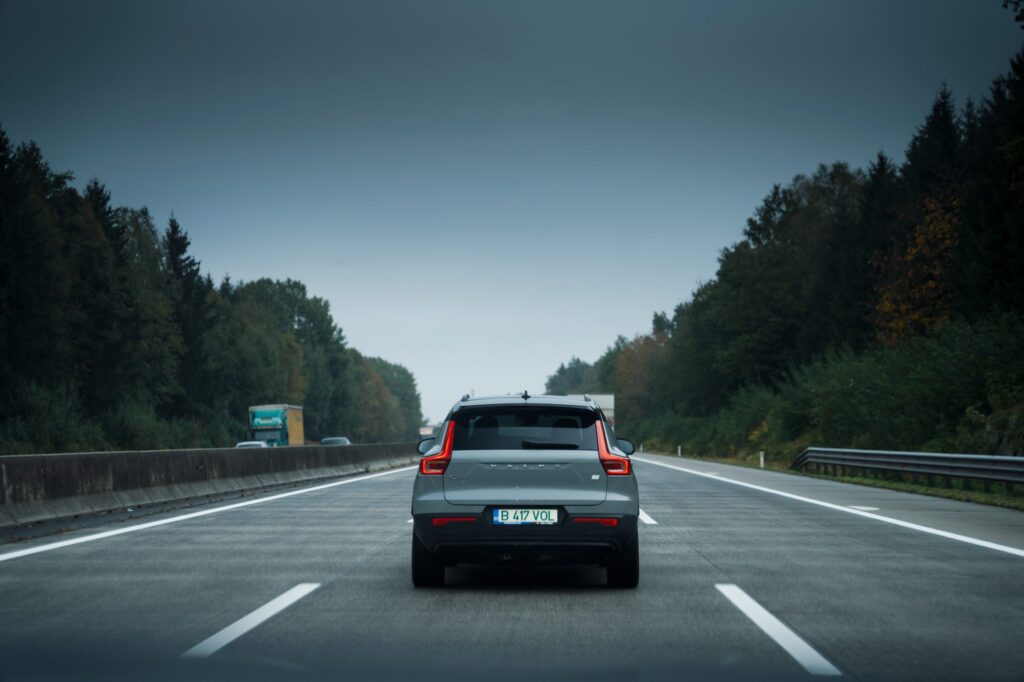
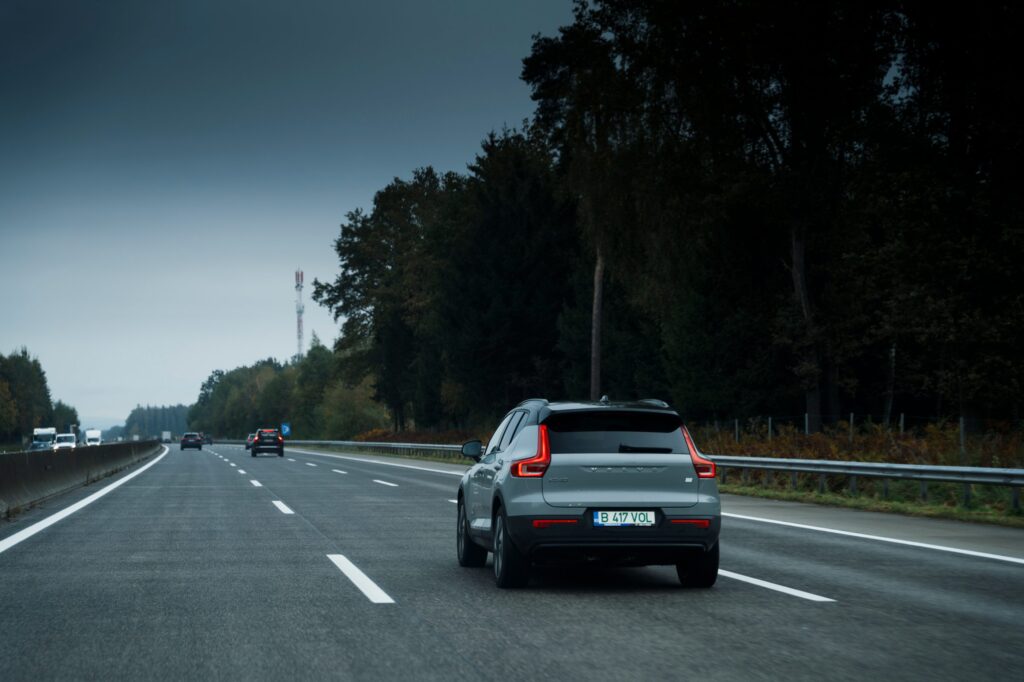
Segment 6: Salzburg (AT) – Timisoara – Bucharest
And we’re back in Bucharest. After 8661 kilometers covered in the Volvo EX40, it’s time for a short review. And, frankly, not even that immensely long hour spent senselessly in the Nădlac customs, waiting to enter Romania, managed to change my “zen” after this electric road trip.
I’ll start with what I liked. From a design point of view it may not be a car you’d turn your head to on the street, but I think that’s why I liked it. It’s something classic that I could see myself going out for a drive in every day.
I had plenty of room for luggage and everything else that had piled up on the road over the two weeks, and inside I didn’t get tangled up in any buttons or touch-screen controls.
I also liked the cornering and especially the long-distance handling, and the fact that I didn’t go straight for a massage after a day of over 1,000 kilometers says it all.
We’ve saved the most important things in an electric car for last. Even though it’s not equipped with state-of-the-art technology, the Volvo EX40 did well when it came to both charging time and range. And, yes, we found that 20 minutes wasn’t enough for a meal and that sometimes we stopped quicker for a quick bathroom break than the car had range. And no, we didn’t stop every 30 miles on the highway.
While I was initially thrilled with the Apple Car Play system, after the first few days of use I realized that it still didn’t work as well as I’d like. But know that the Android Automotive system saved the day in the end. Of course that doesn’t mean I’m giving up the iPhone.
What did I learn from the tour? First of all that you’re no longer eccentric or masochistic if you have an electric car. The infrastructure is constantly developing, and the fact that we had zero waiting times throughout the tour at stations says, I think, absolutely everything.
The best conclusion after this experience? Mircea Mester has already said it: “You don’t have to like electric cars and you don’t have to buy one. But if you’re thinking about it, here are all the figures to help you make the best decision.”

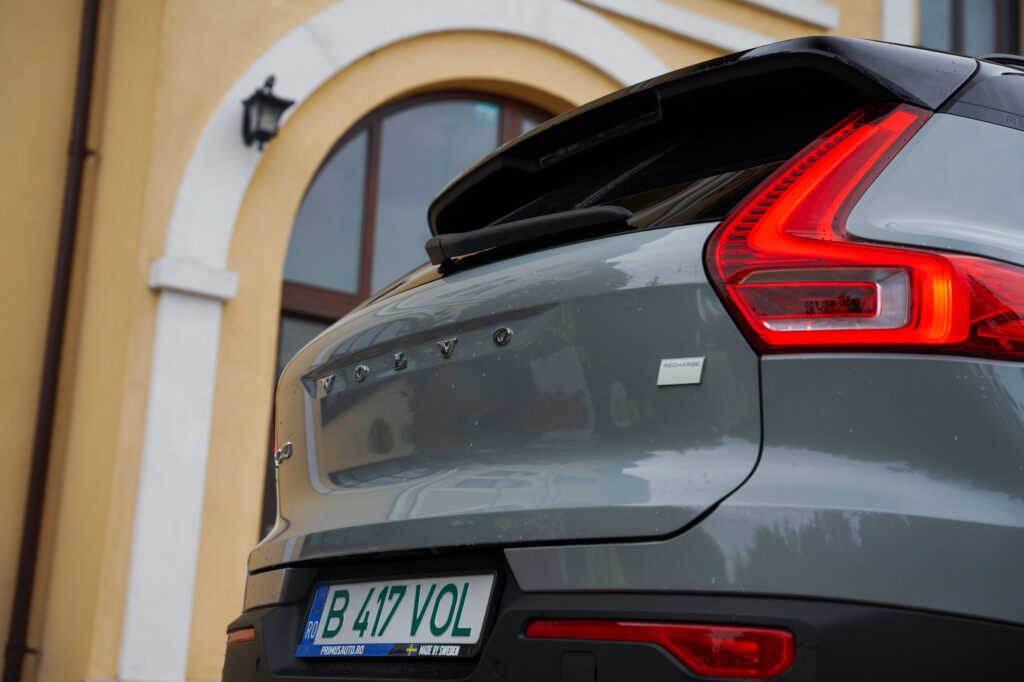
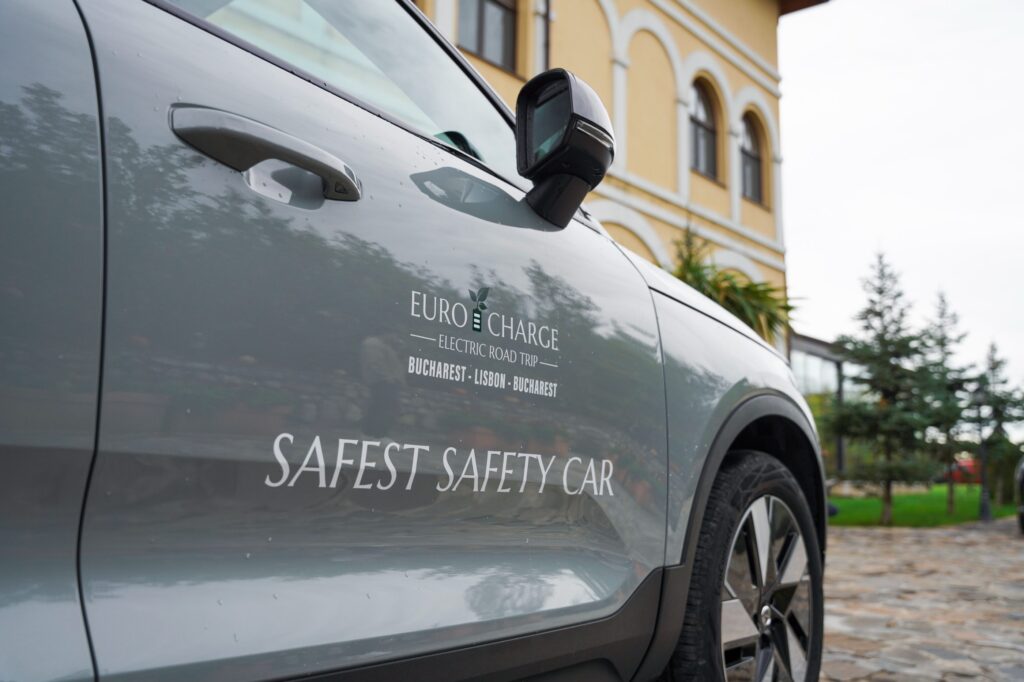
Technical specifications of the car that accompanied us in EUROCHARGE by Schaeffler
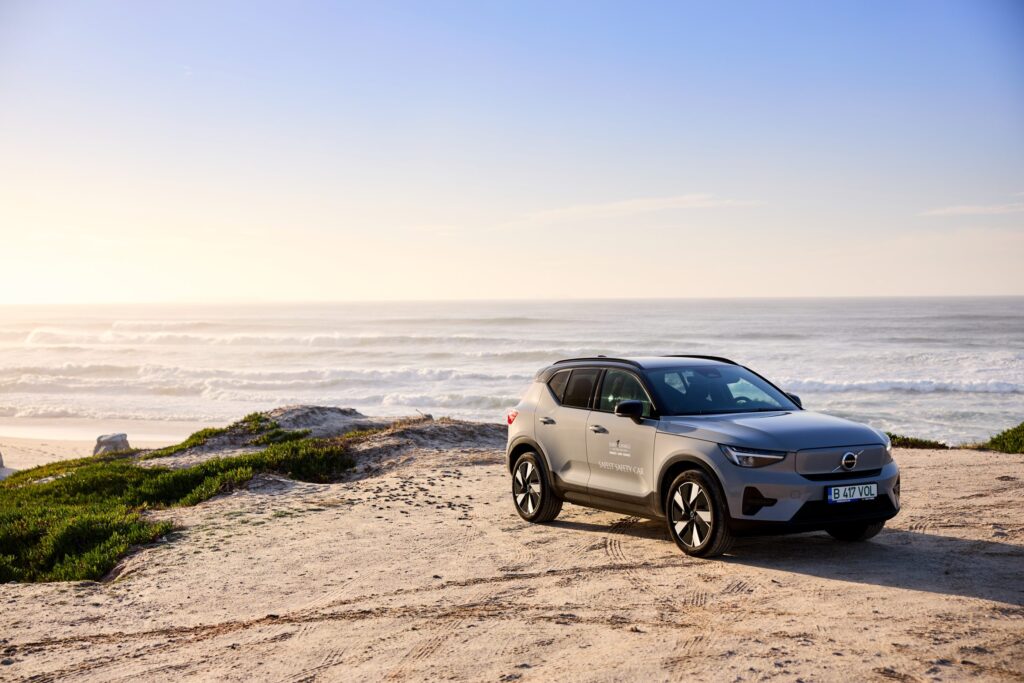

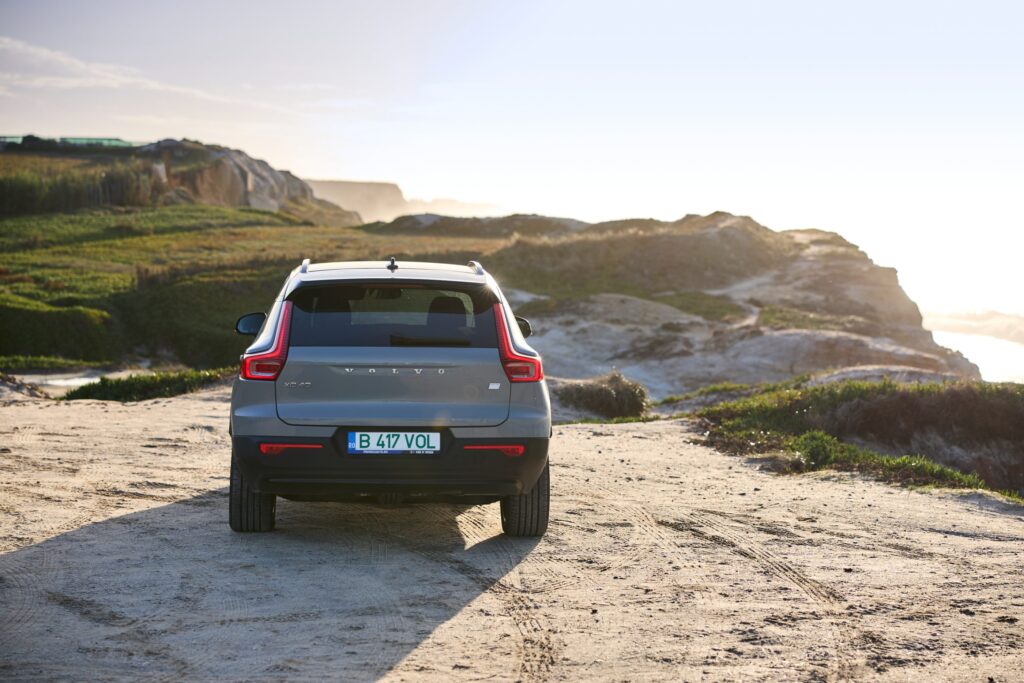

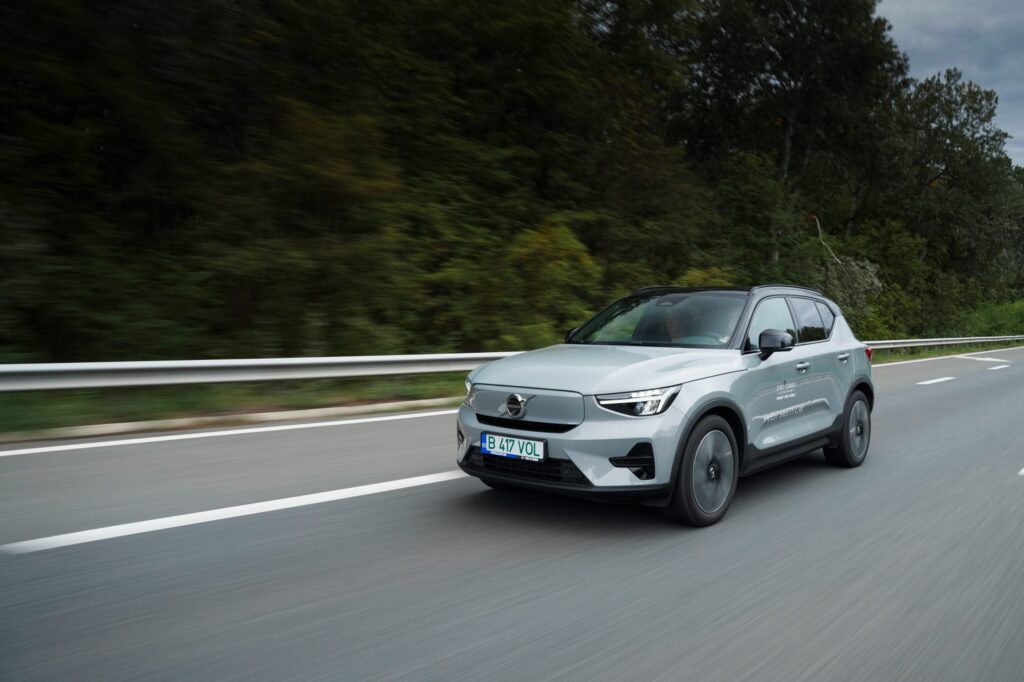
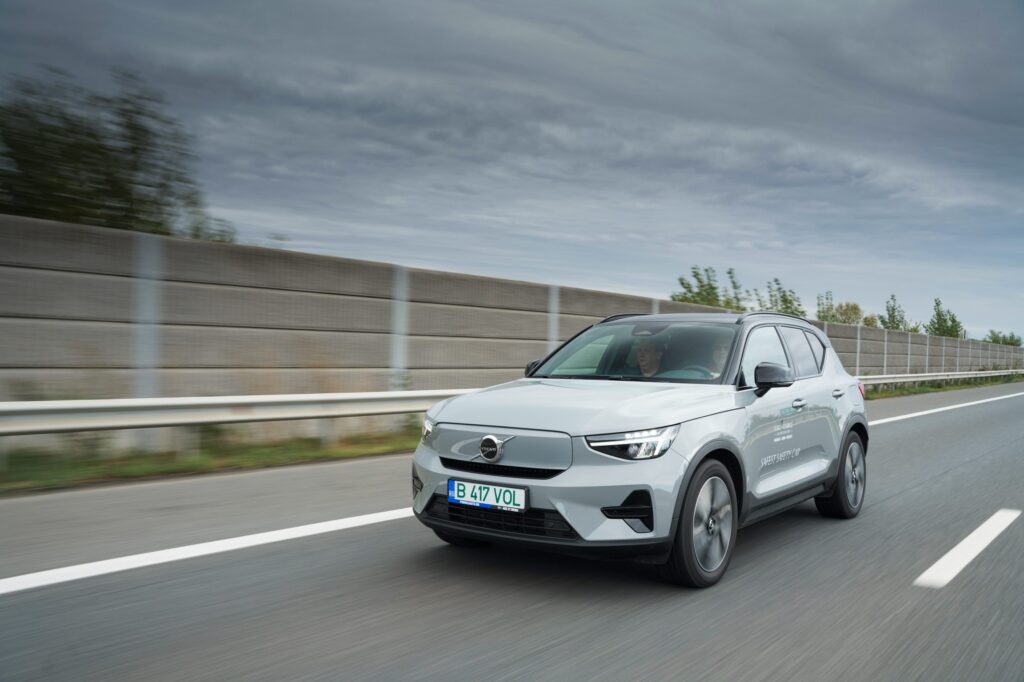
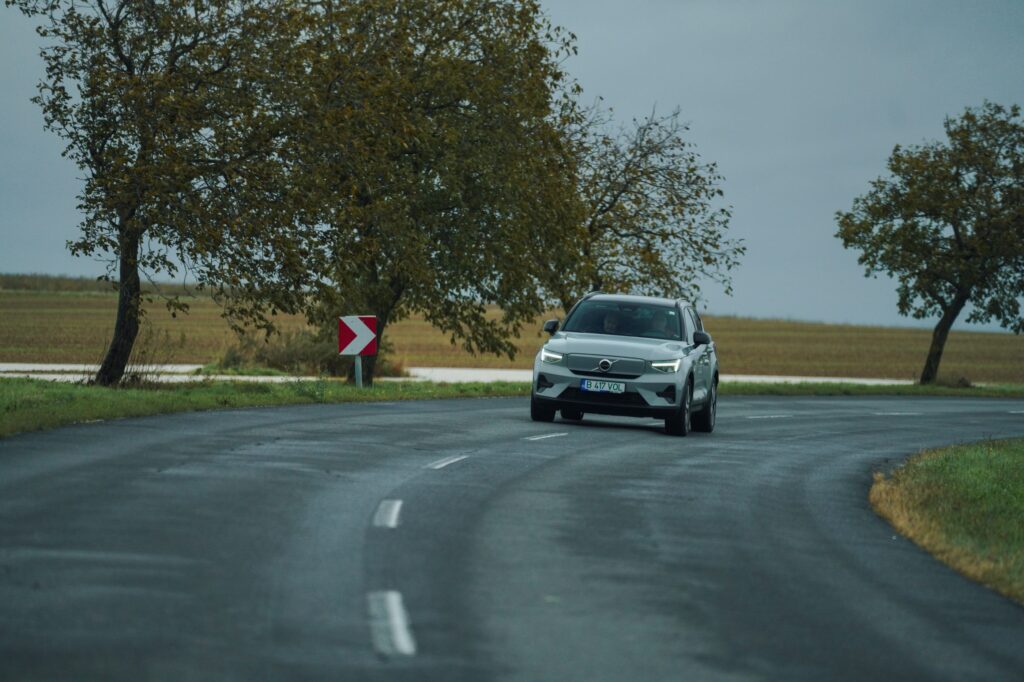
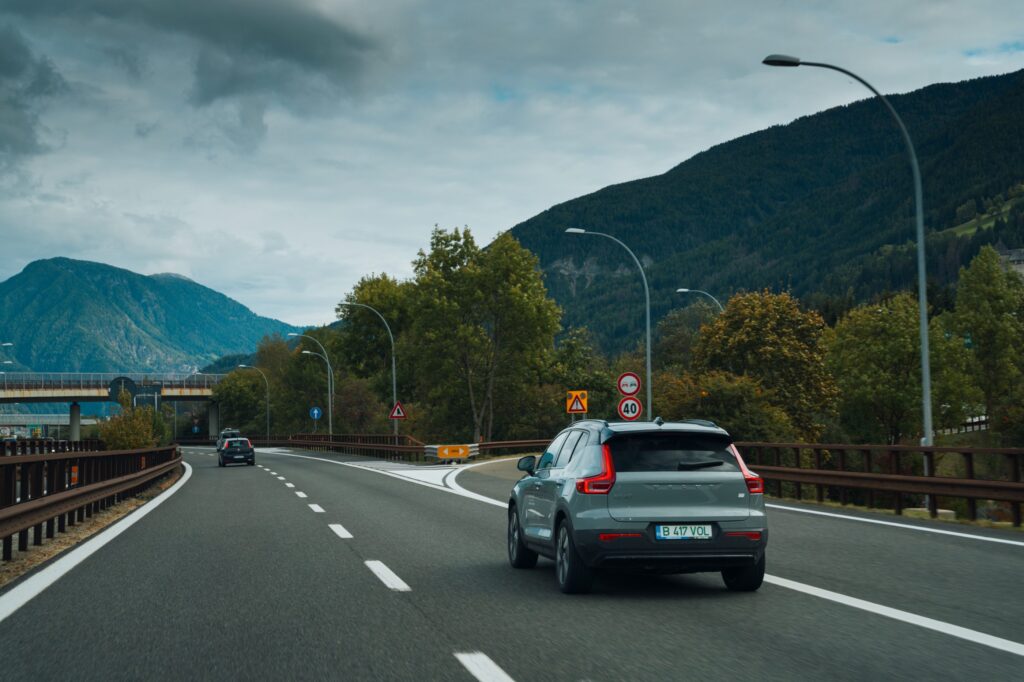
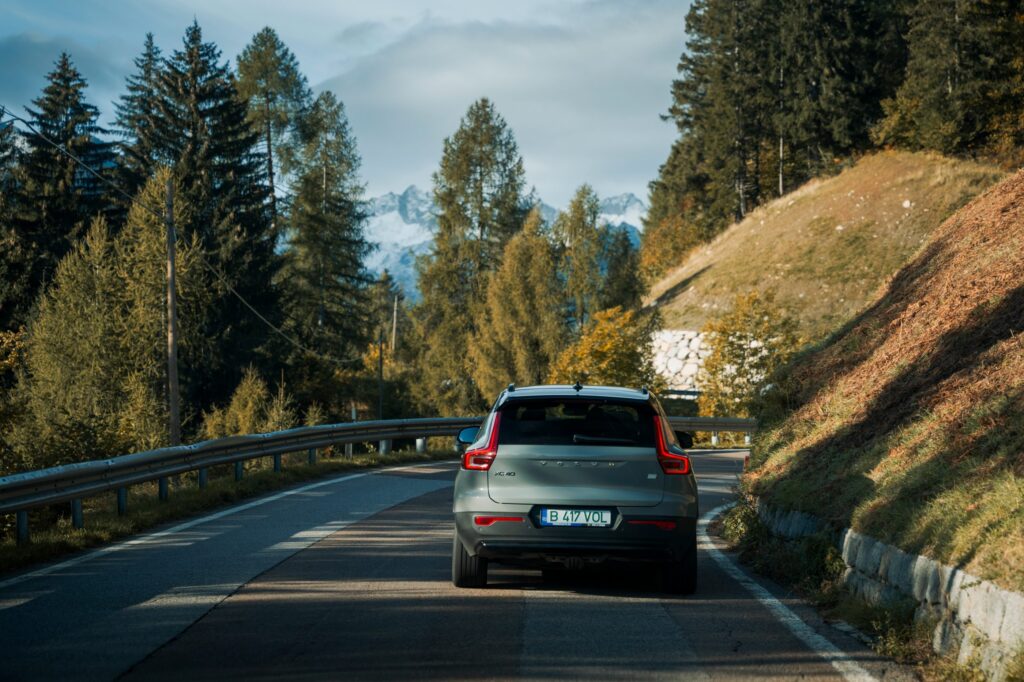

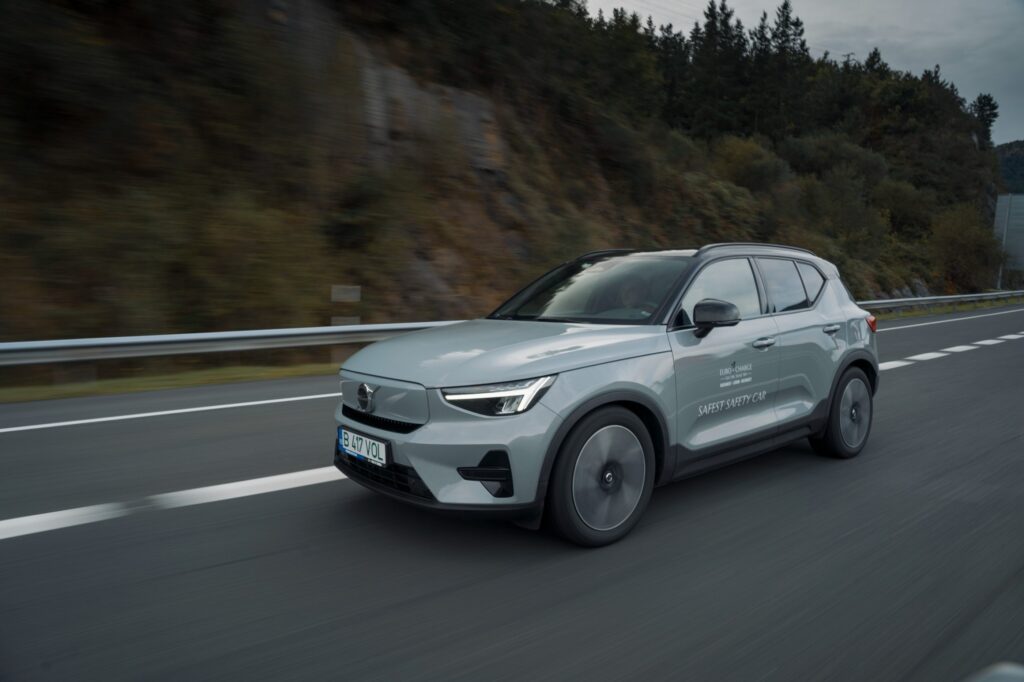
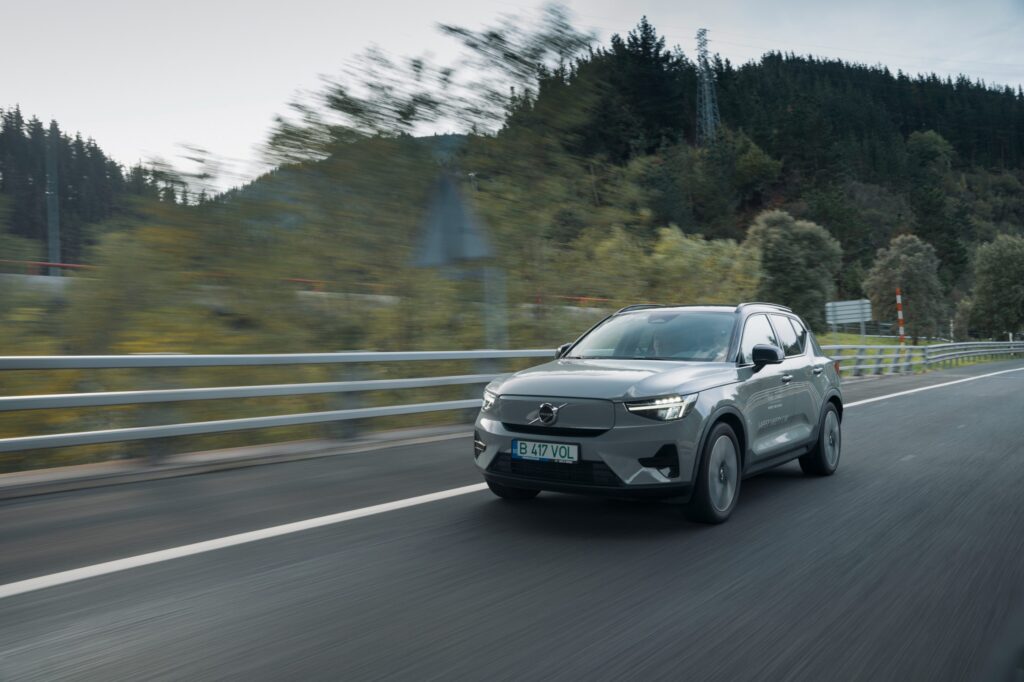
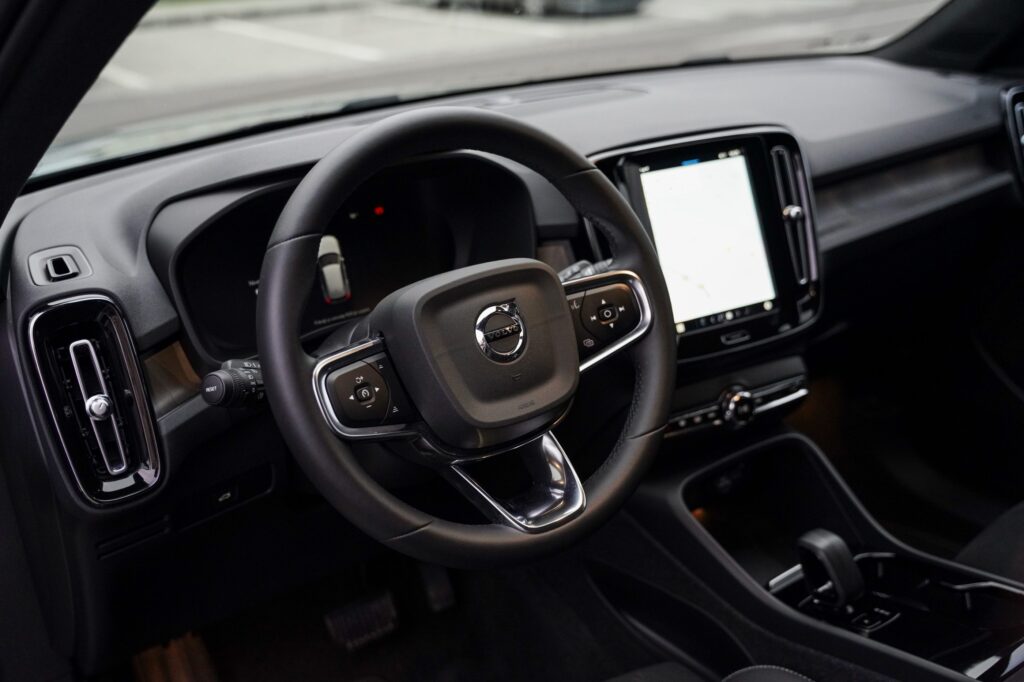



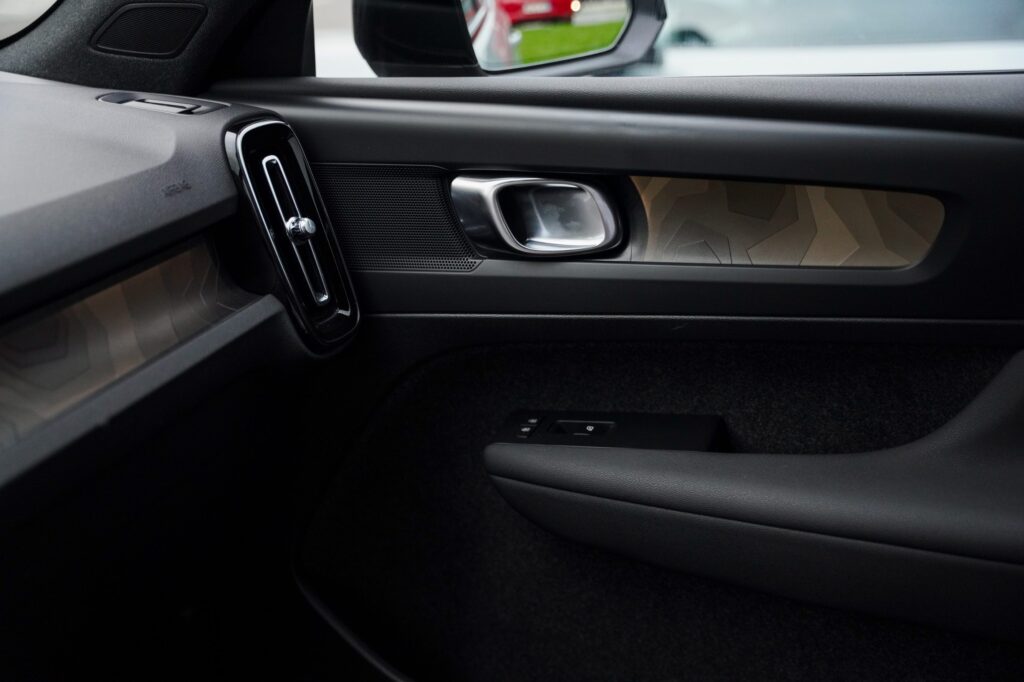
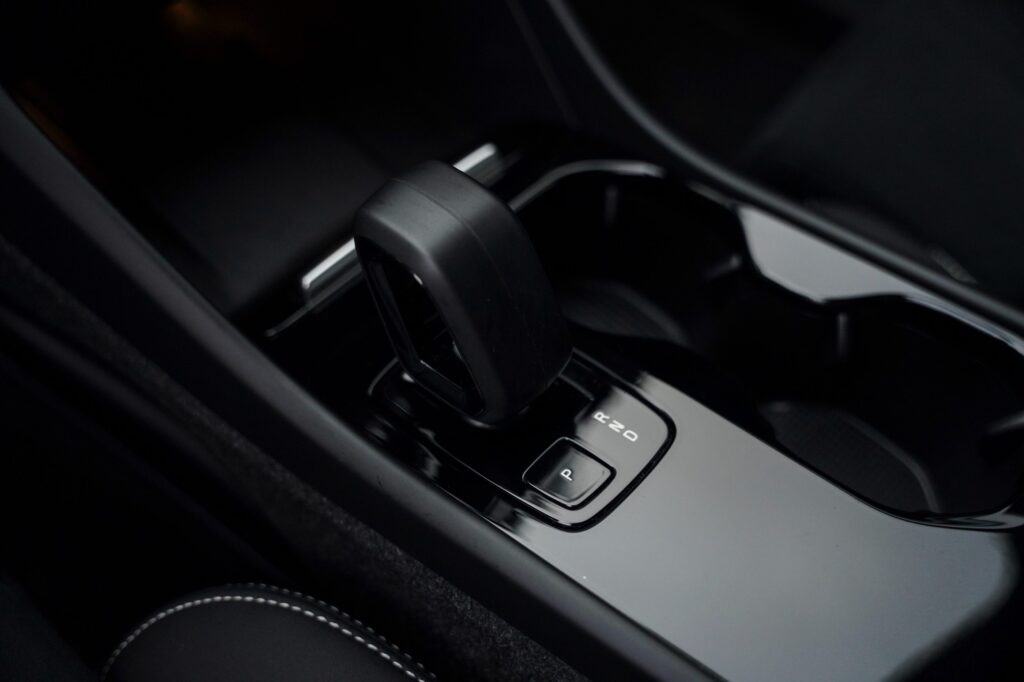
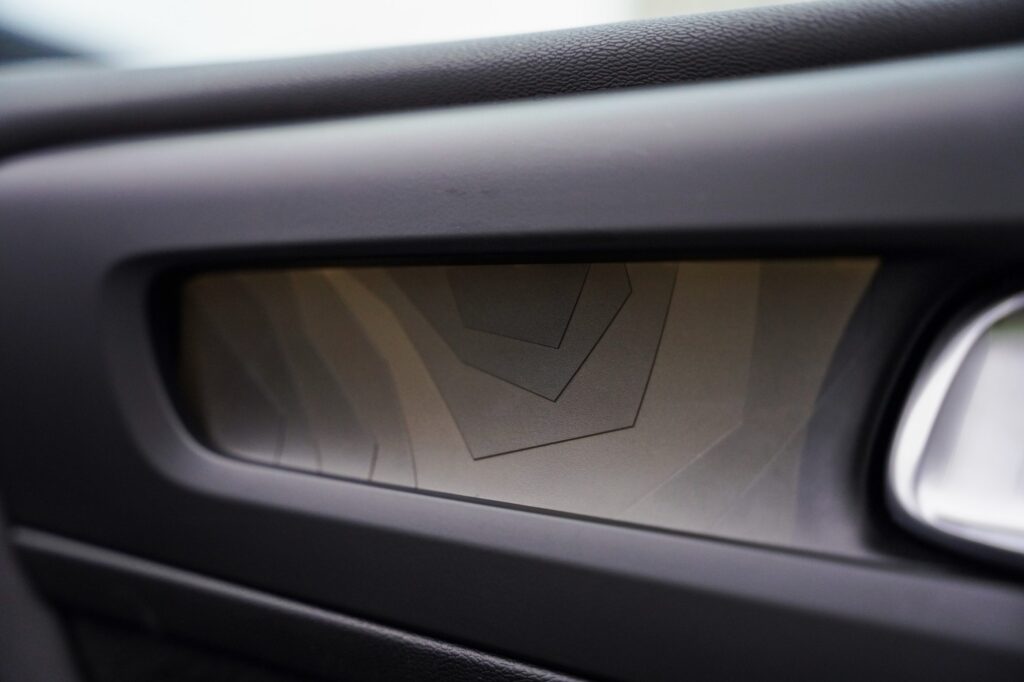
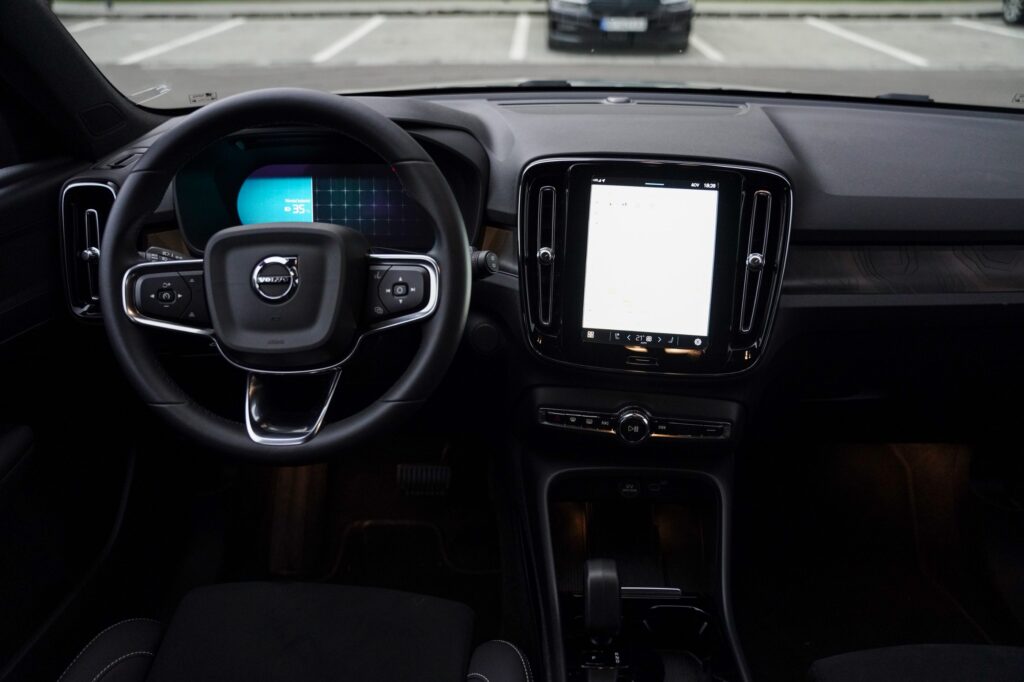
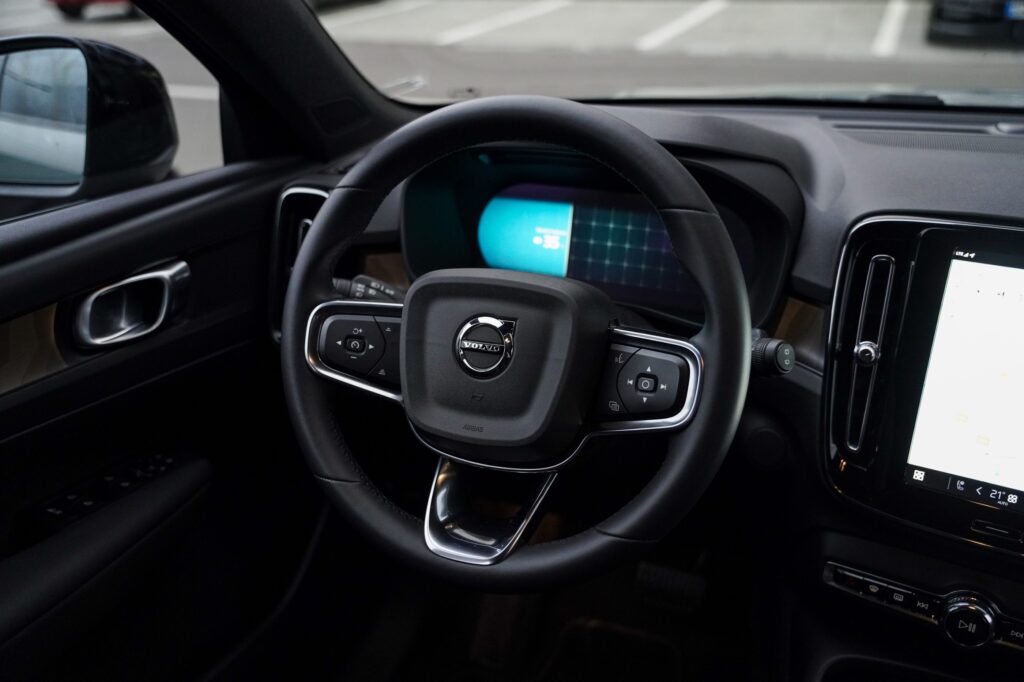
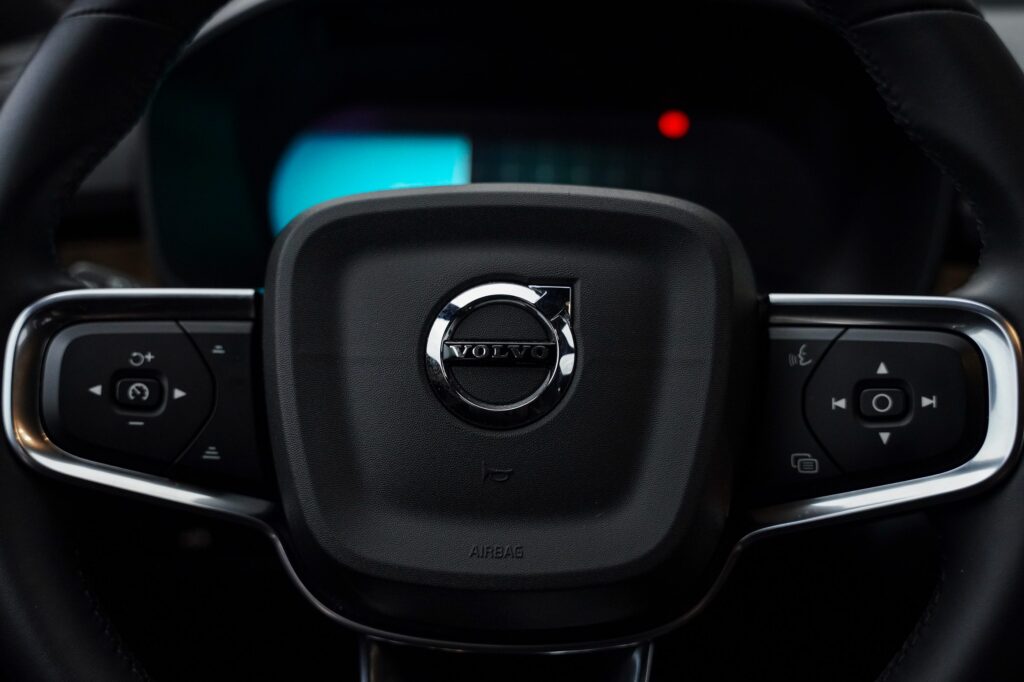
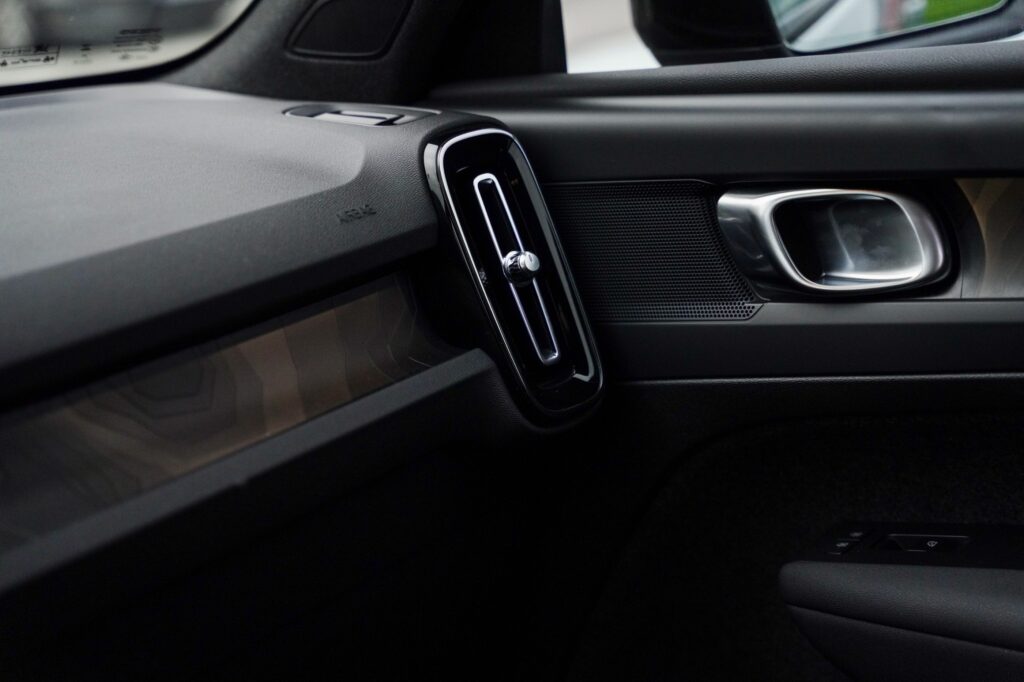

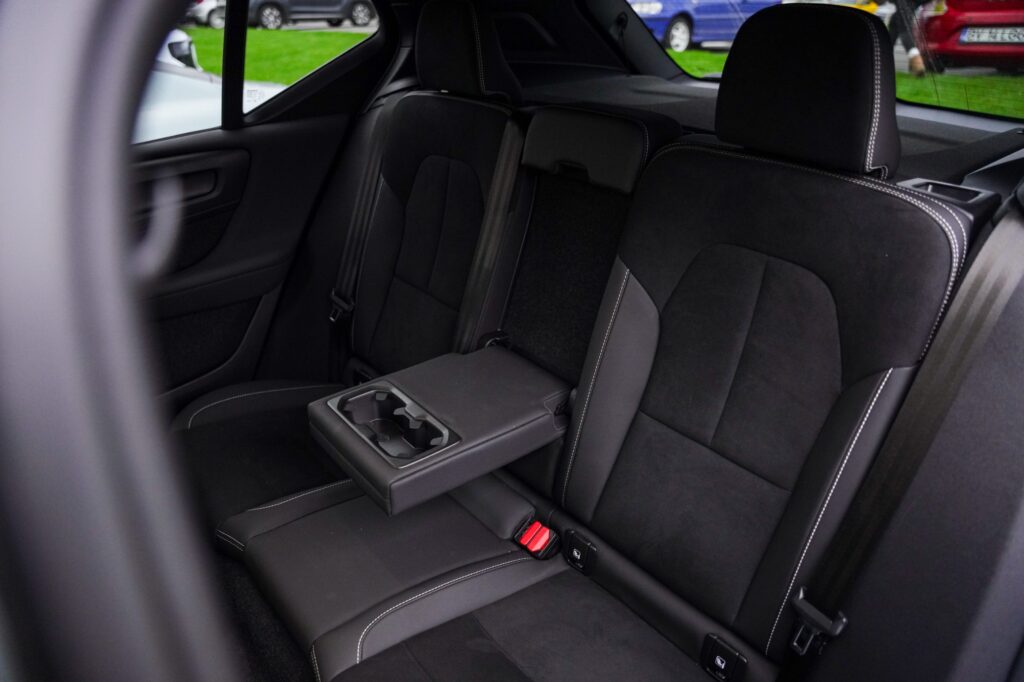
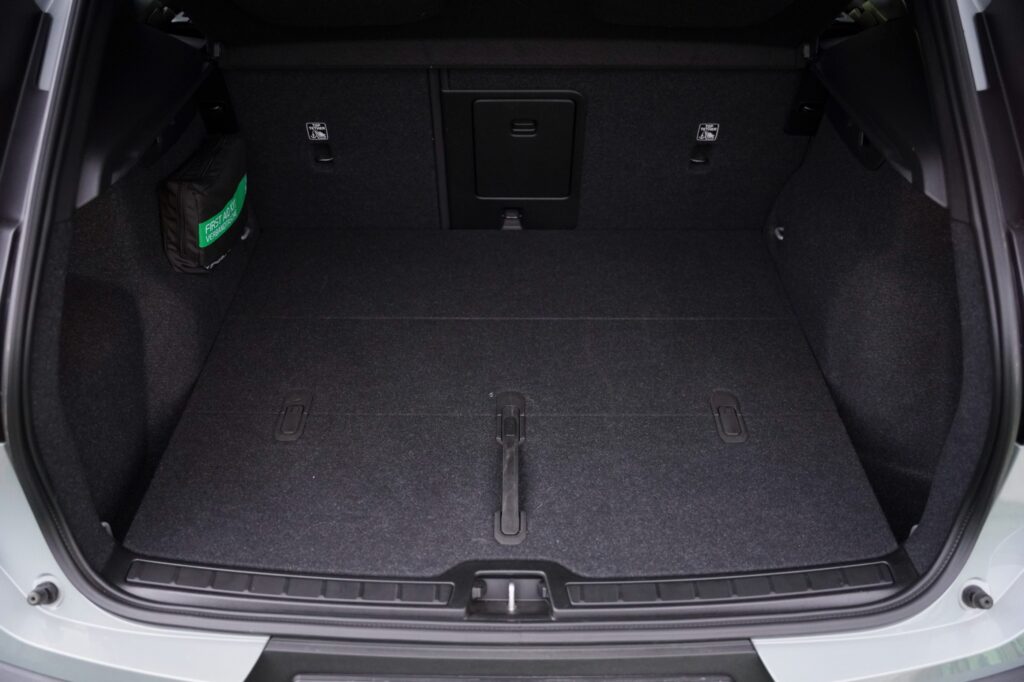
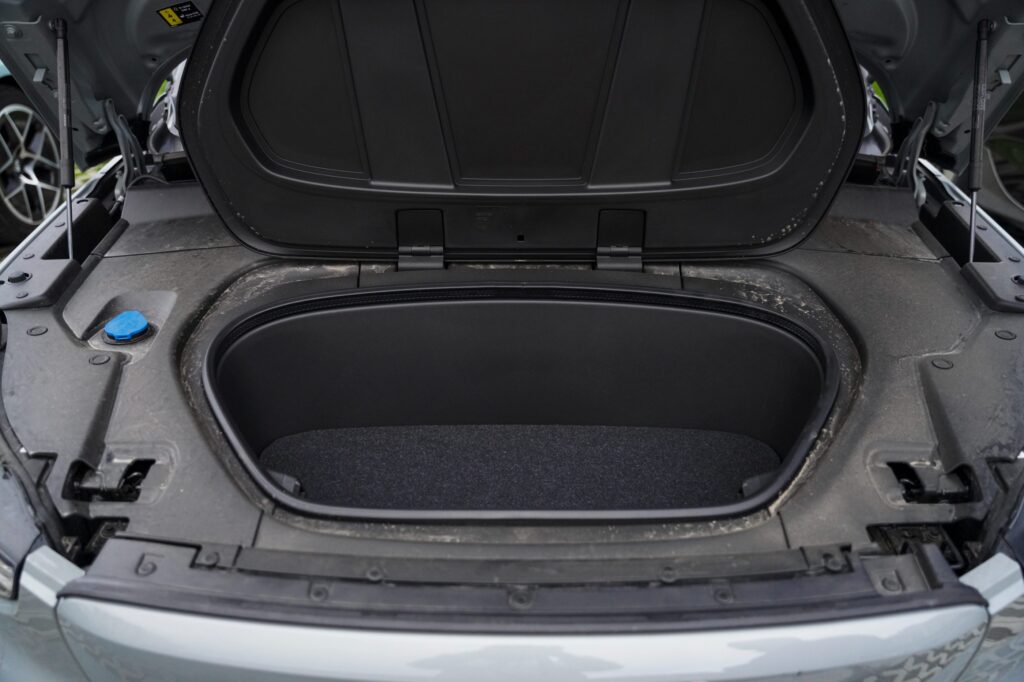
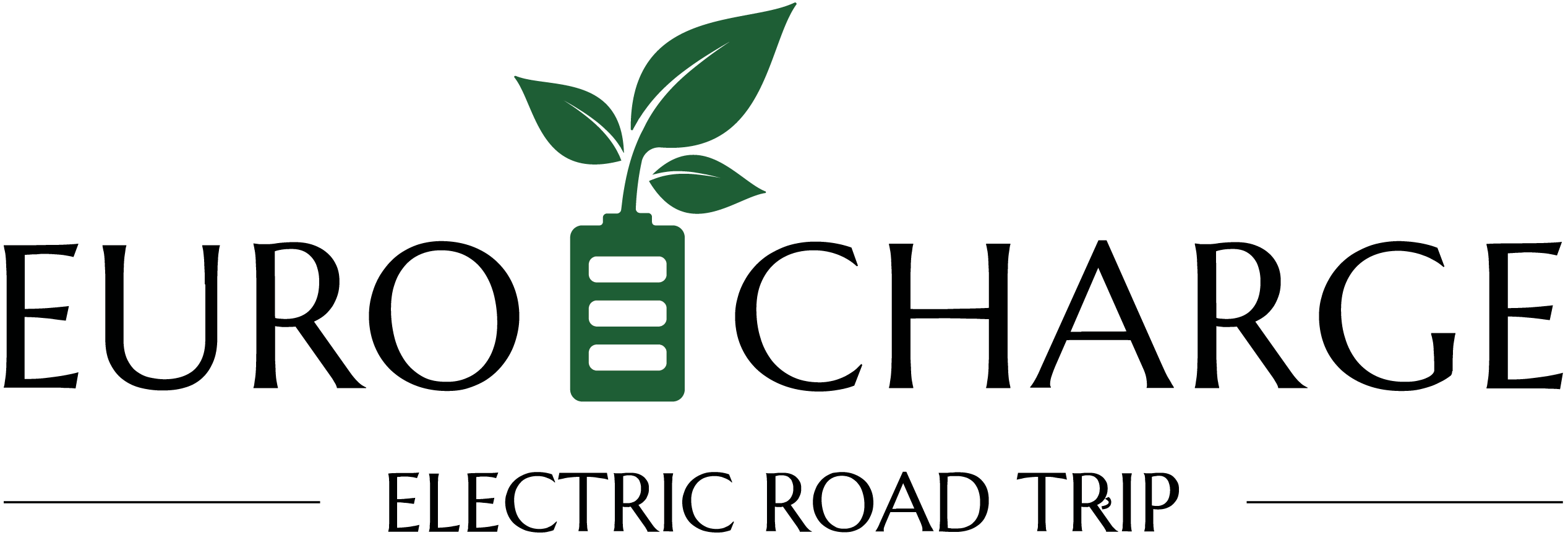
is a project backed by SCHAEFFLER
Charged by
OMV eMotion and Renovatio e-charge
Green Partner
Autonom
Charging stations
MOON România
On the road with
Michelin
Powered by
Server Config

